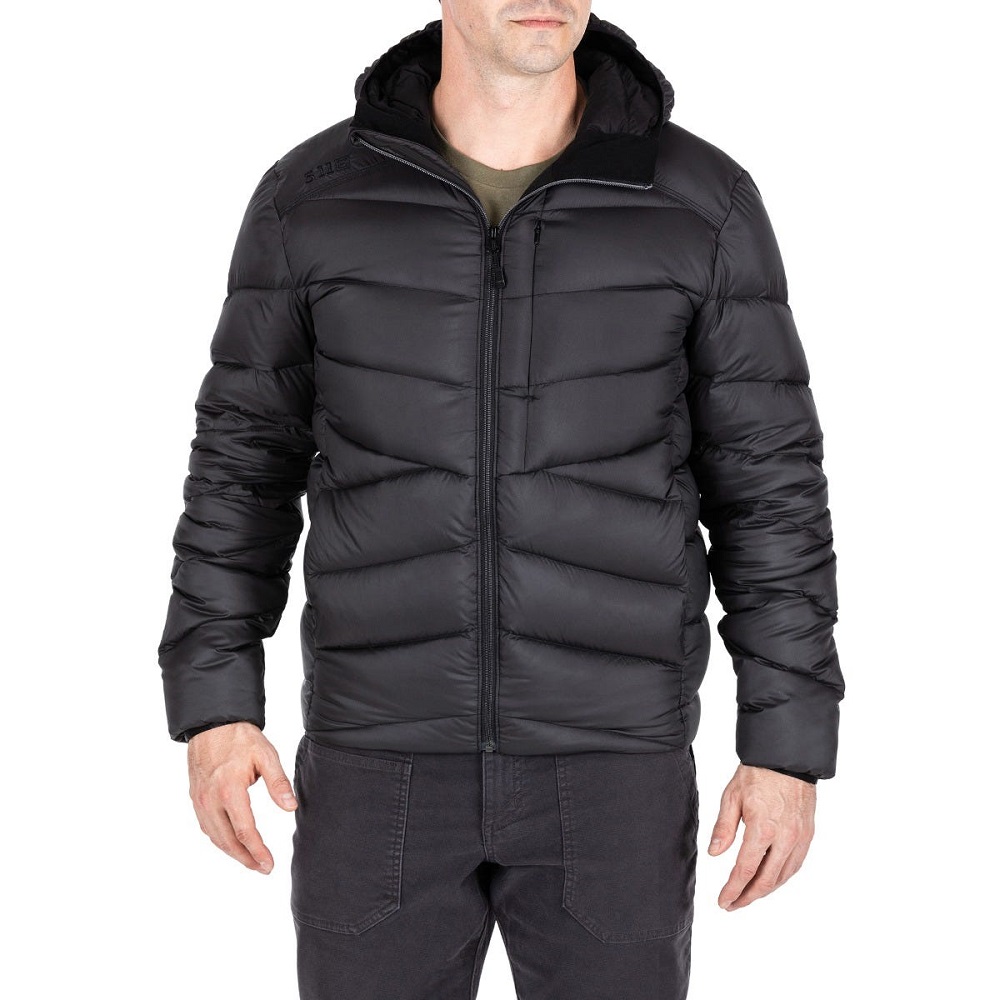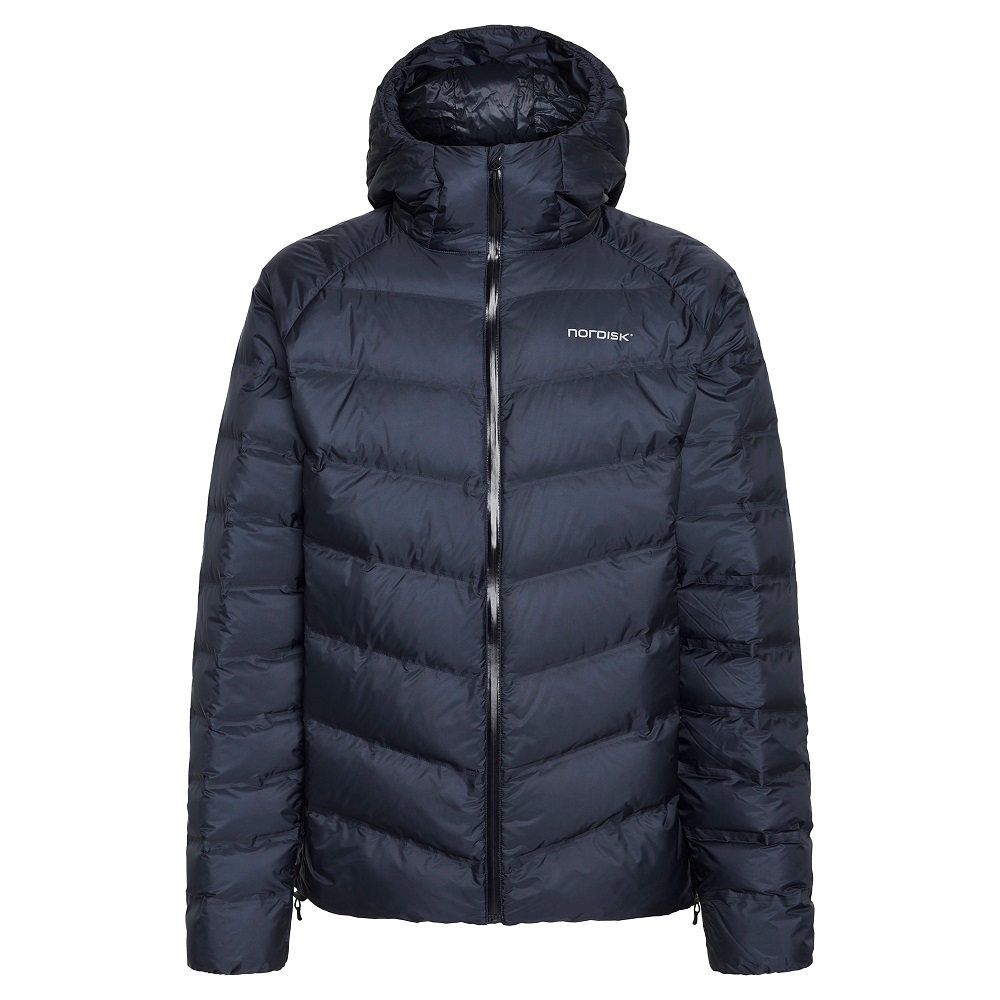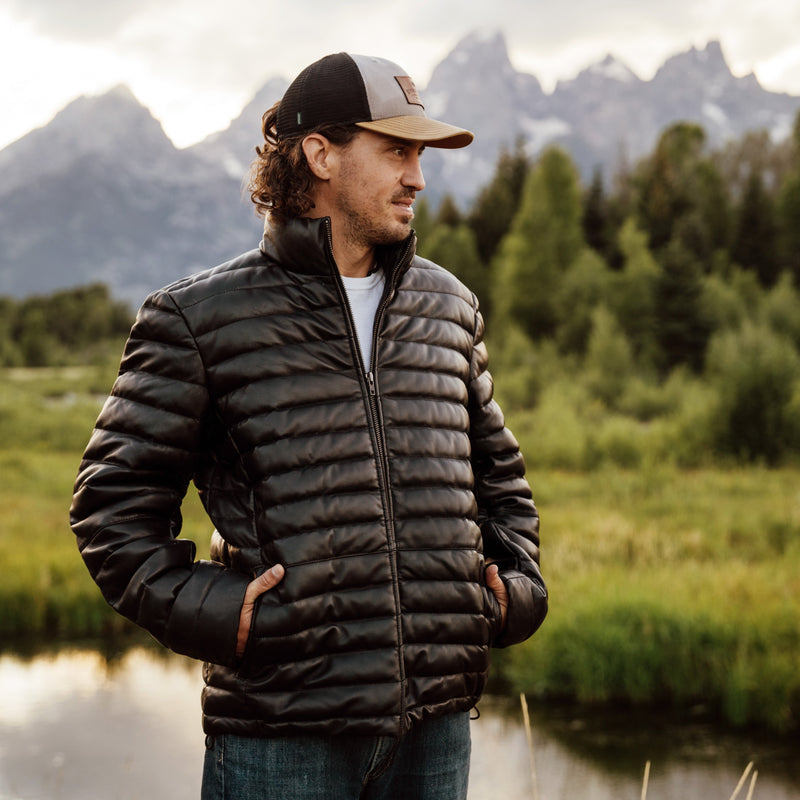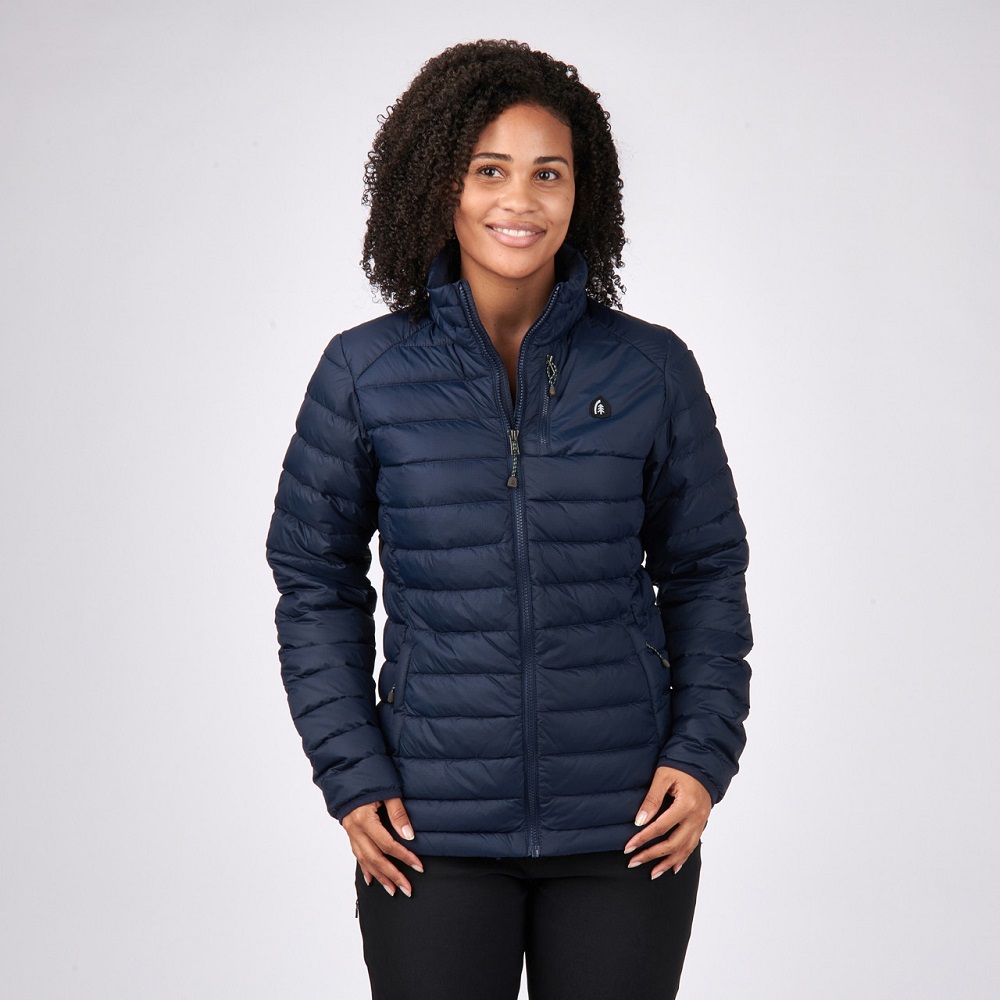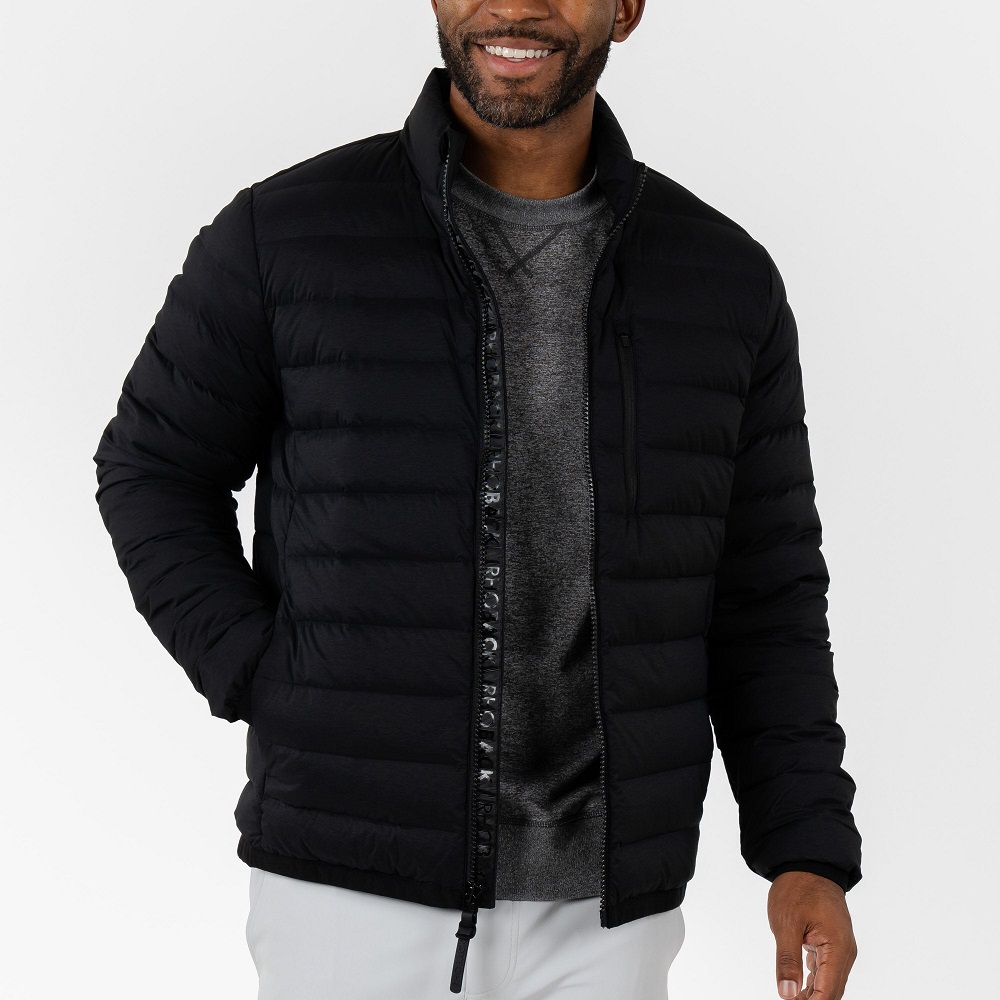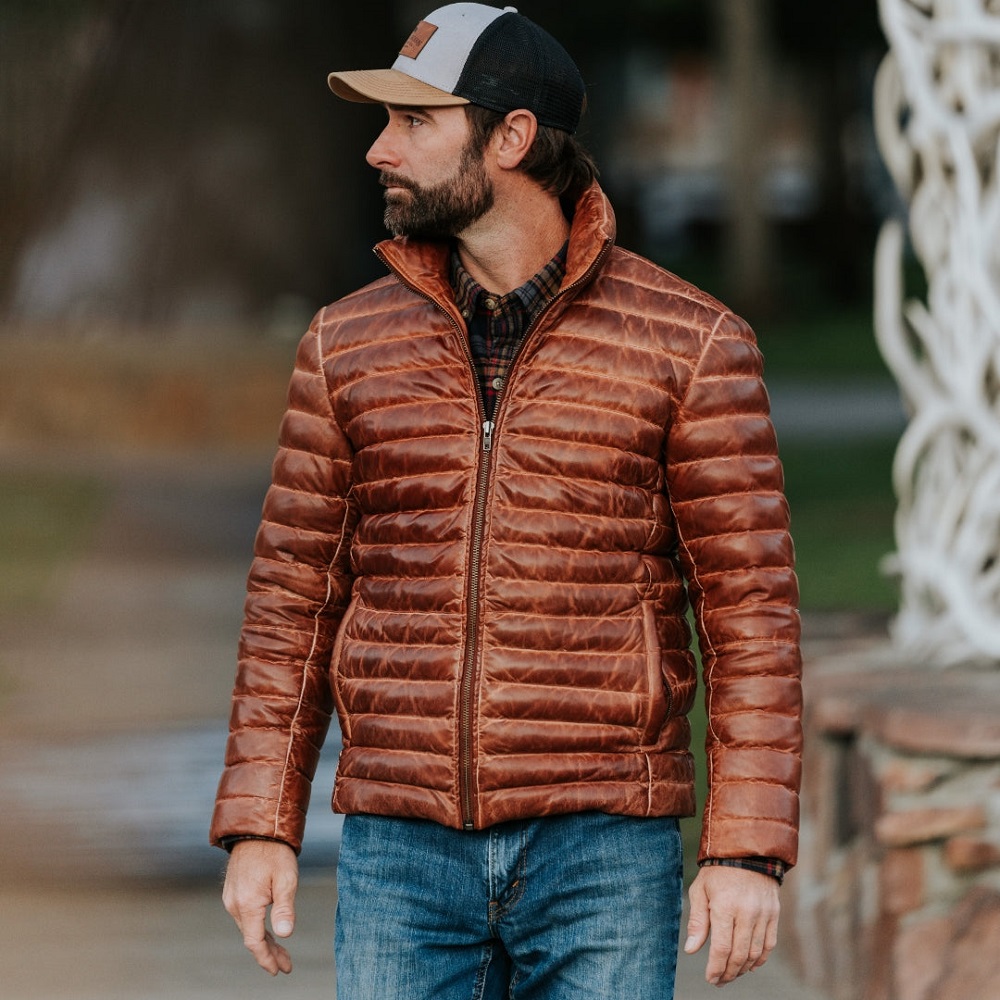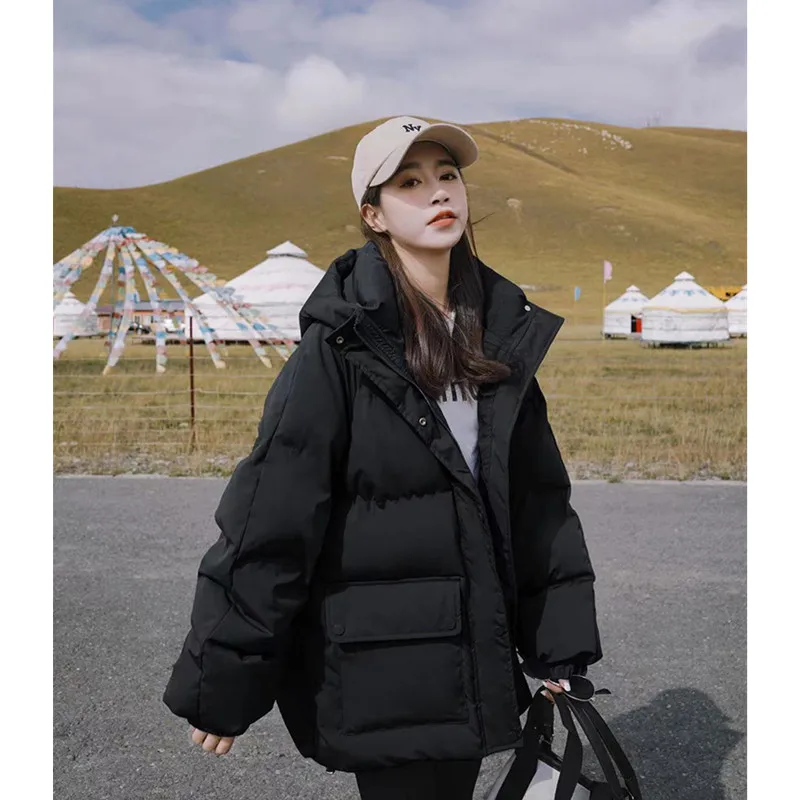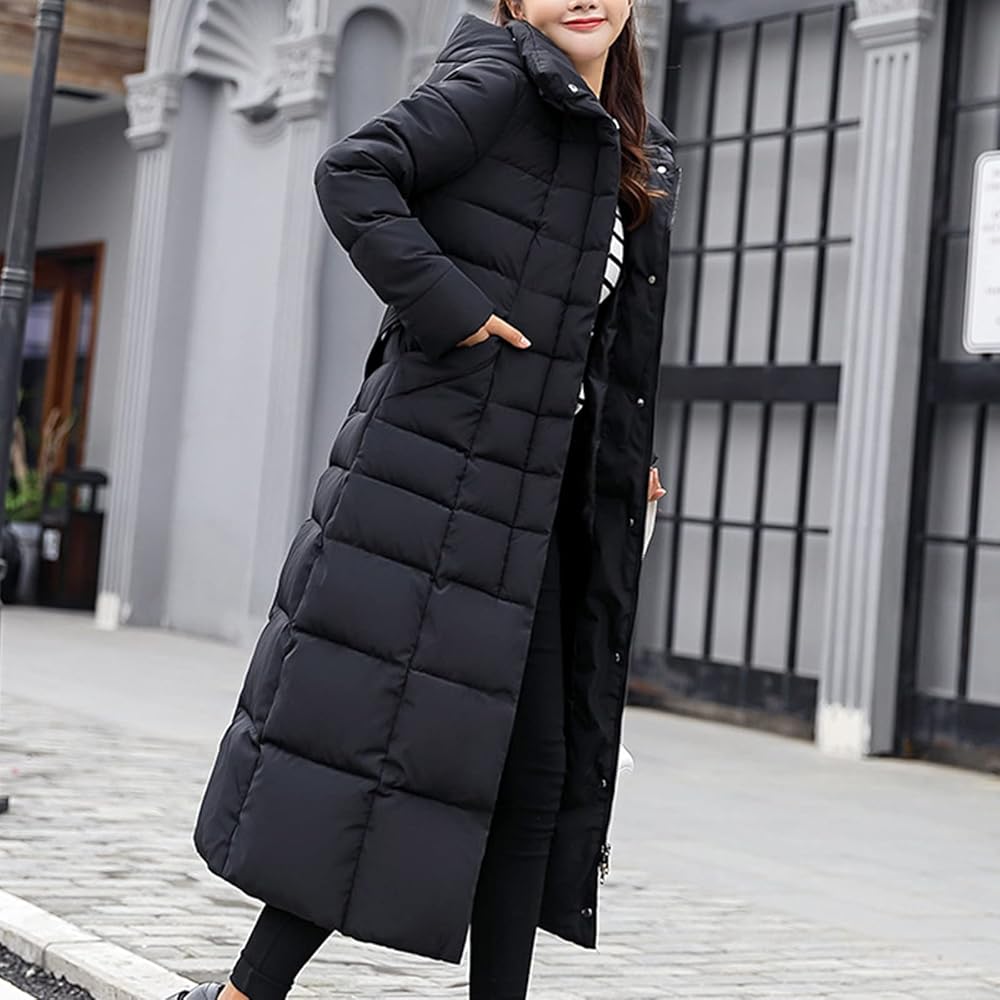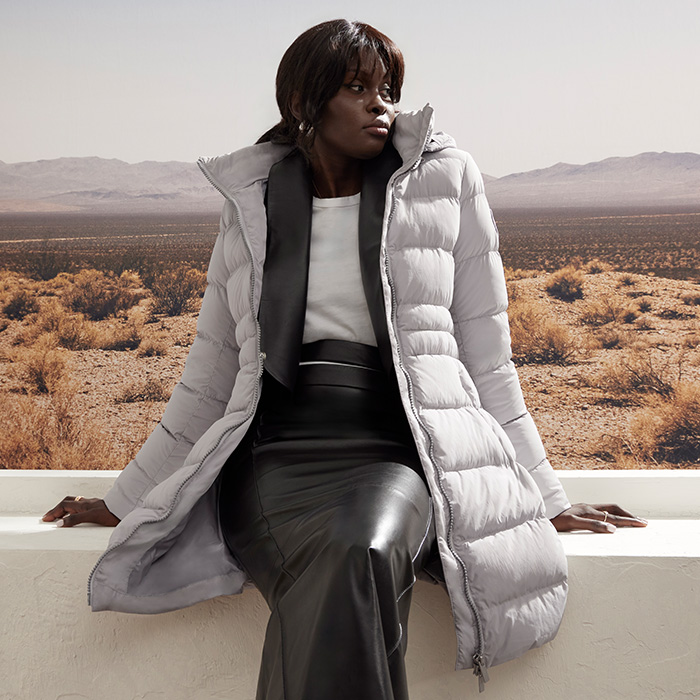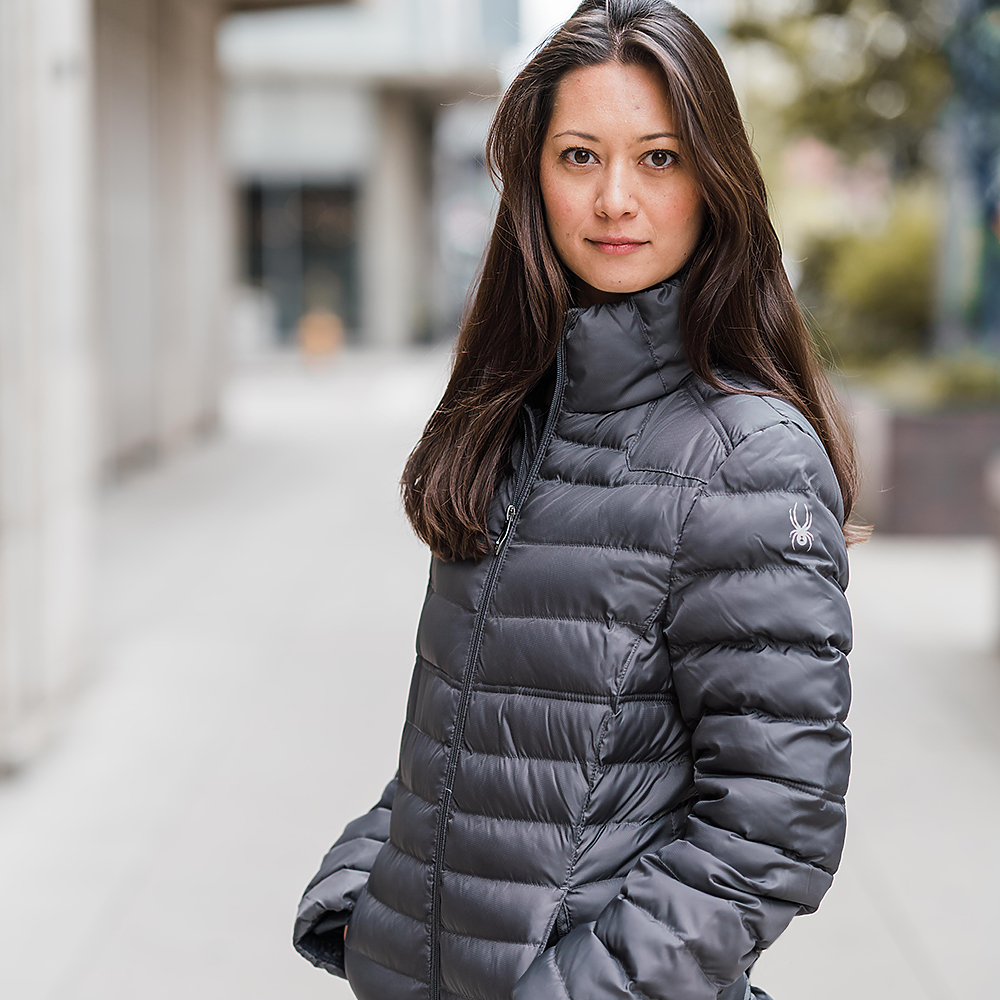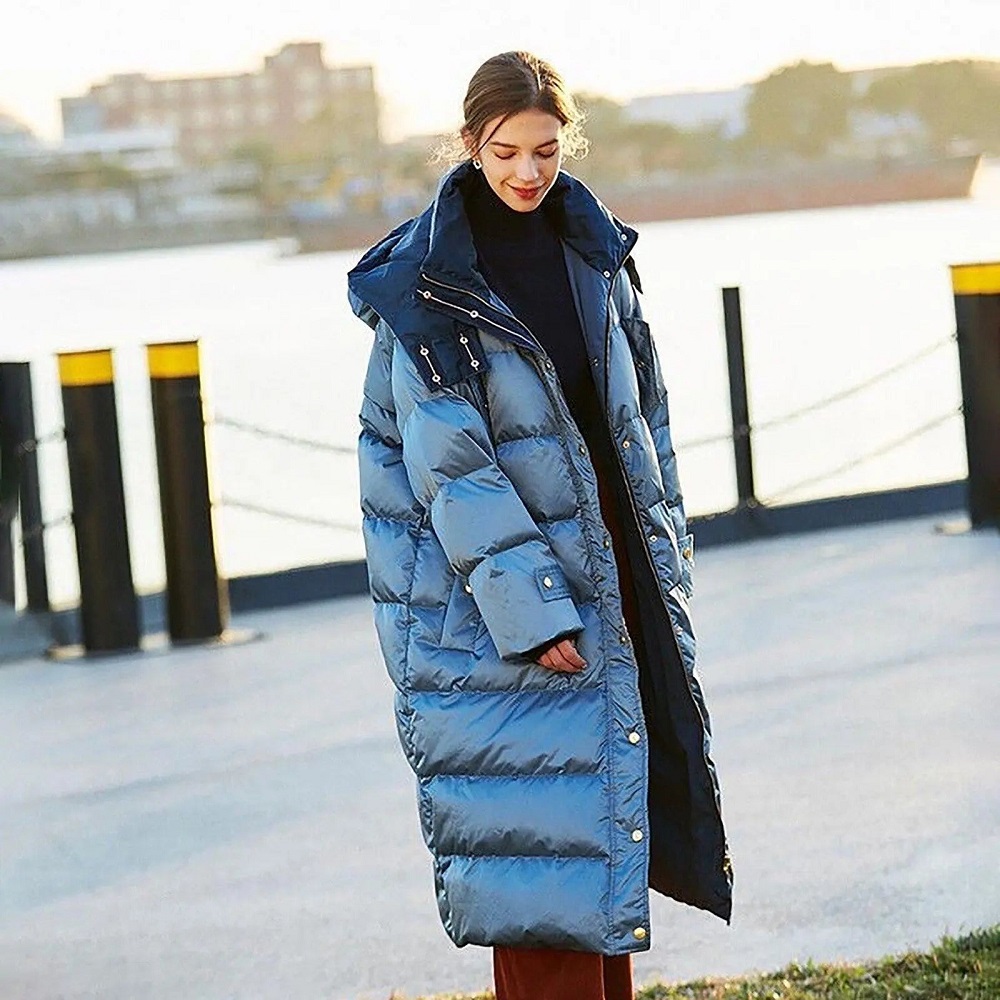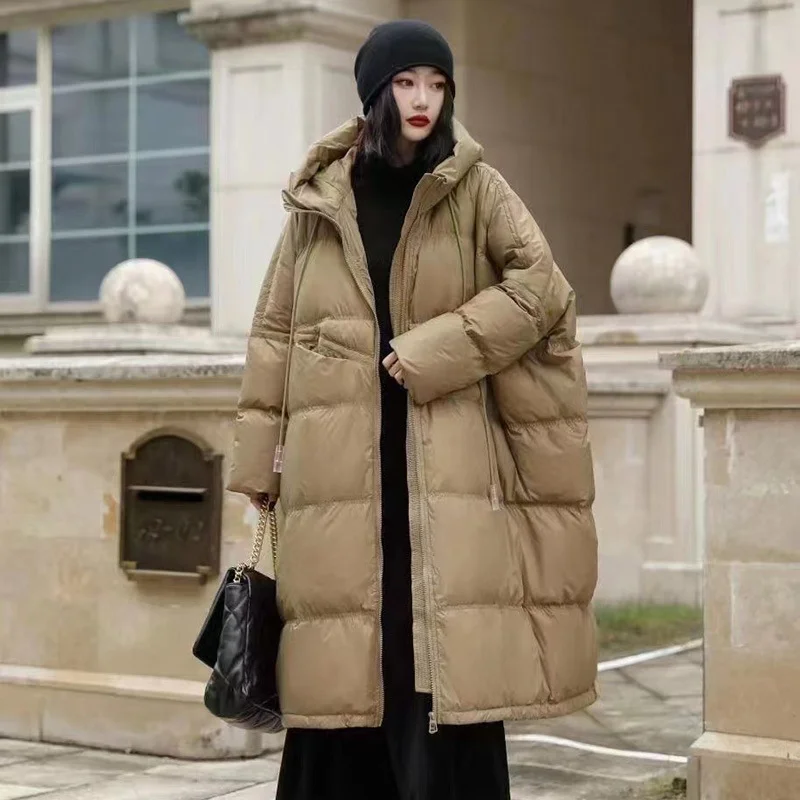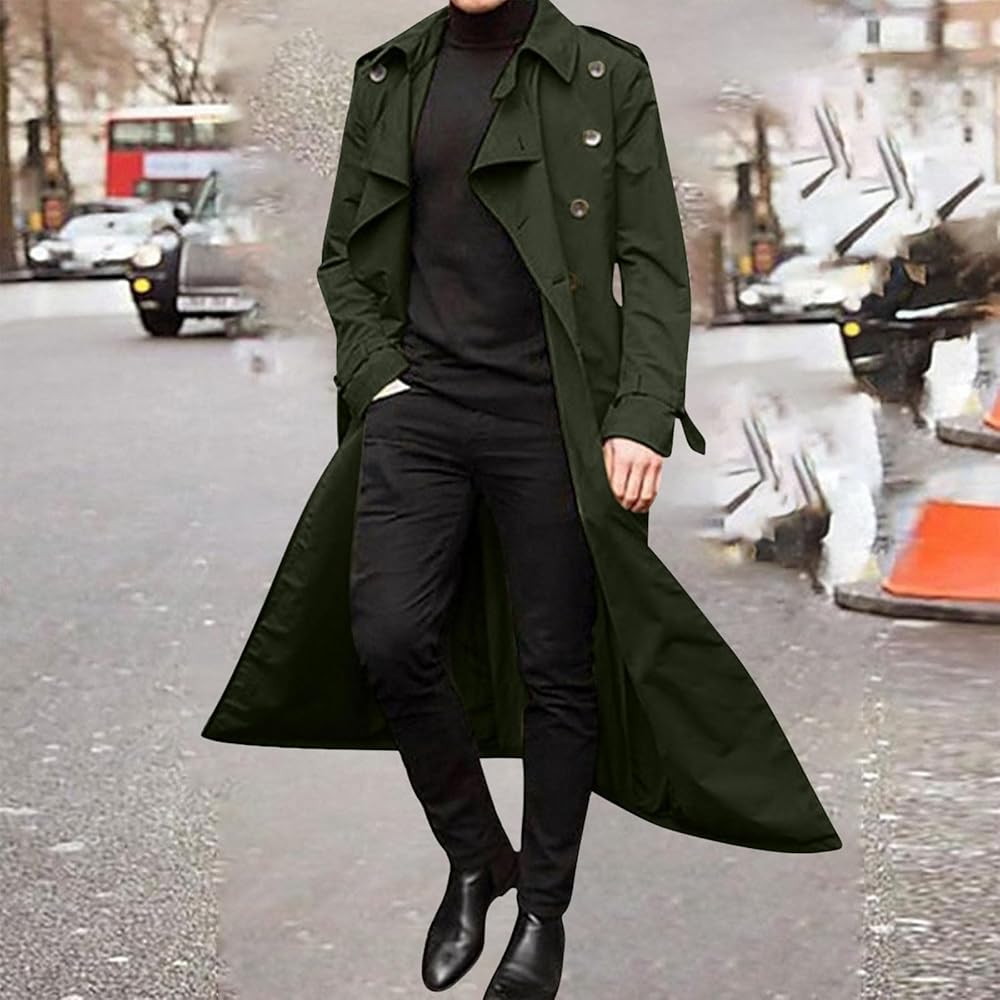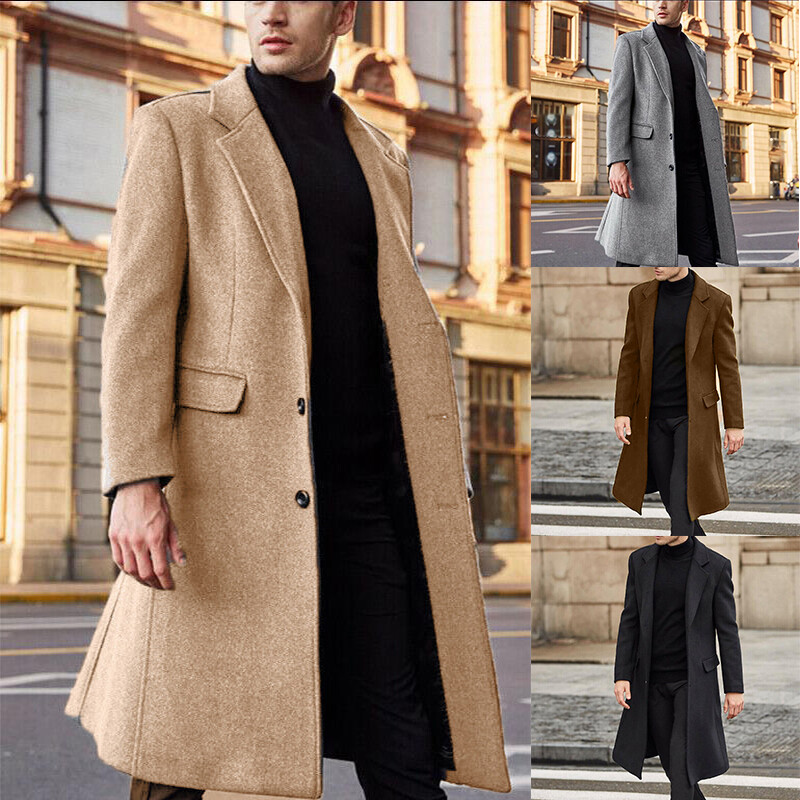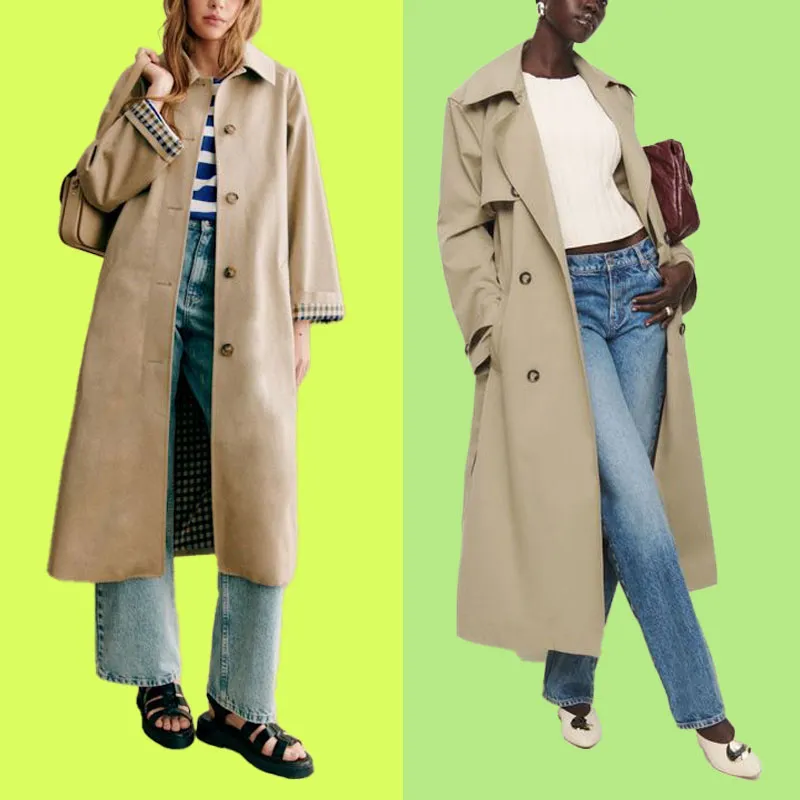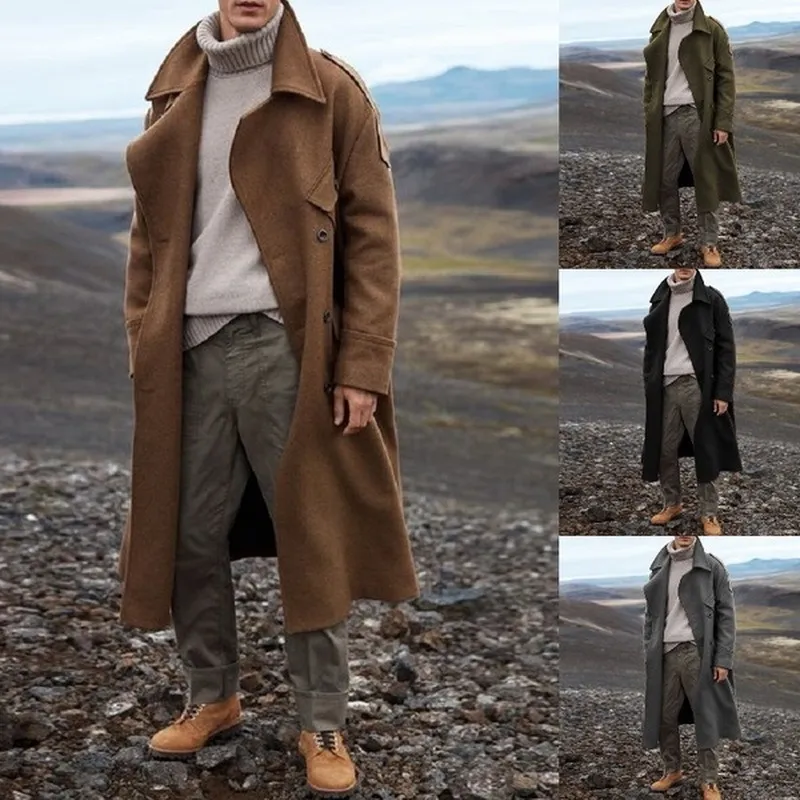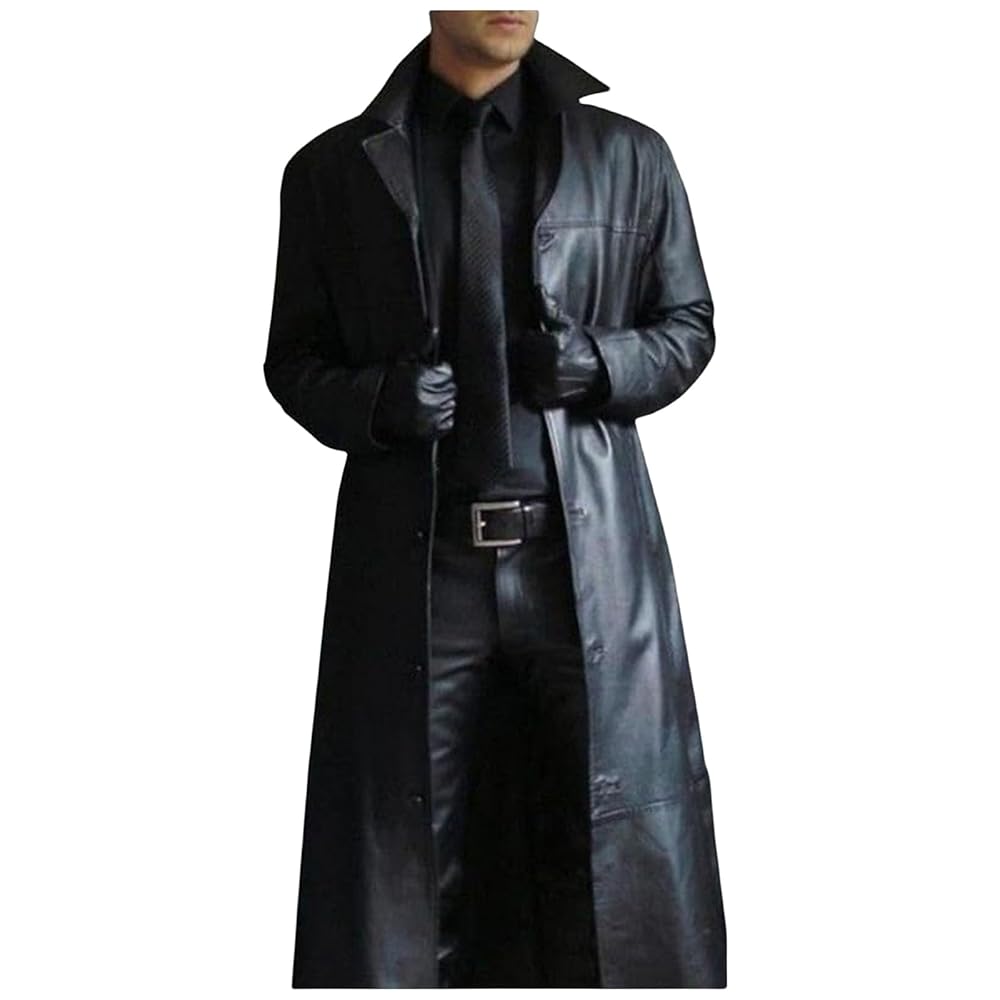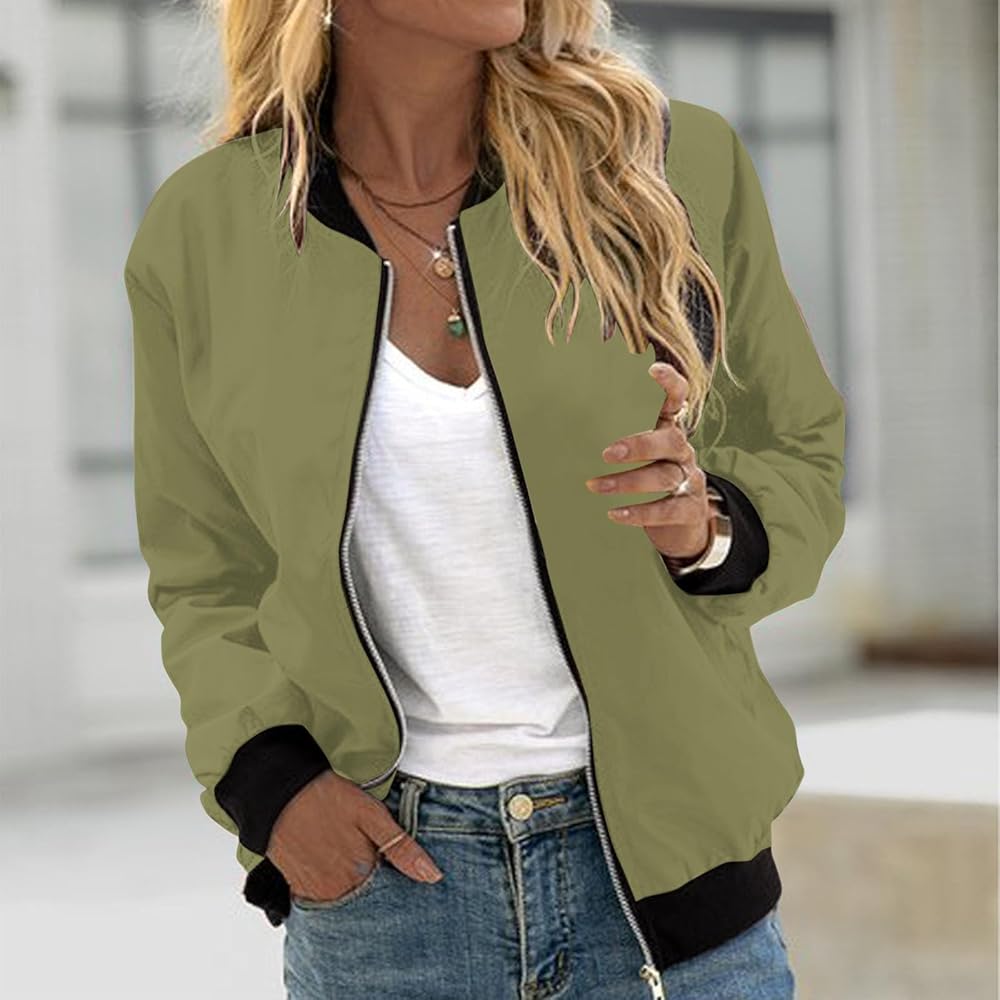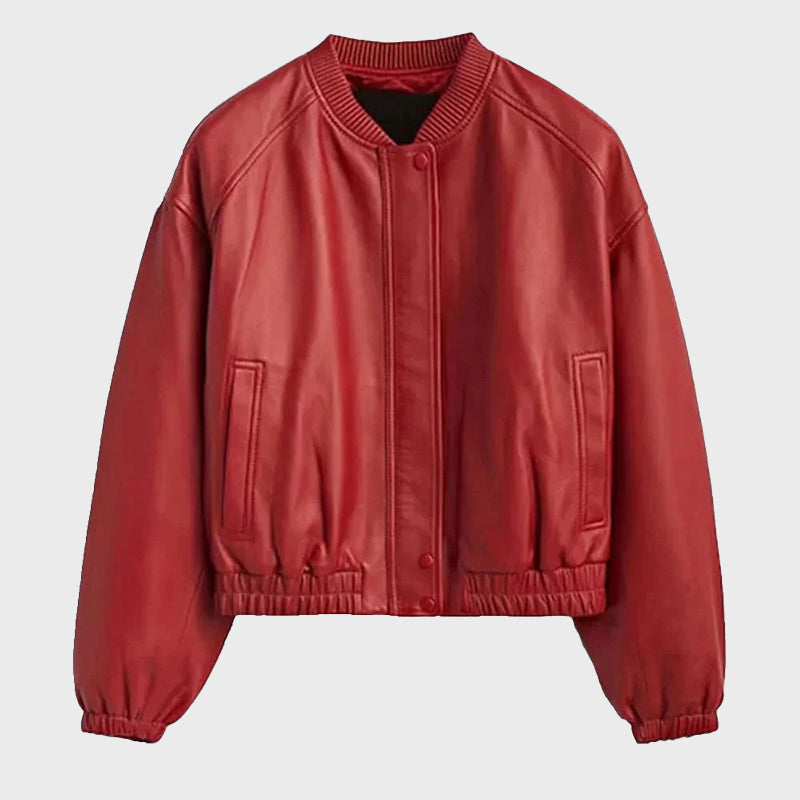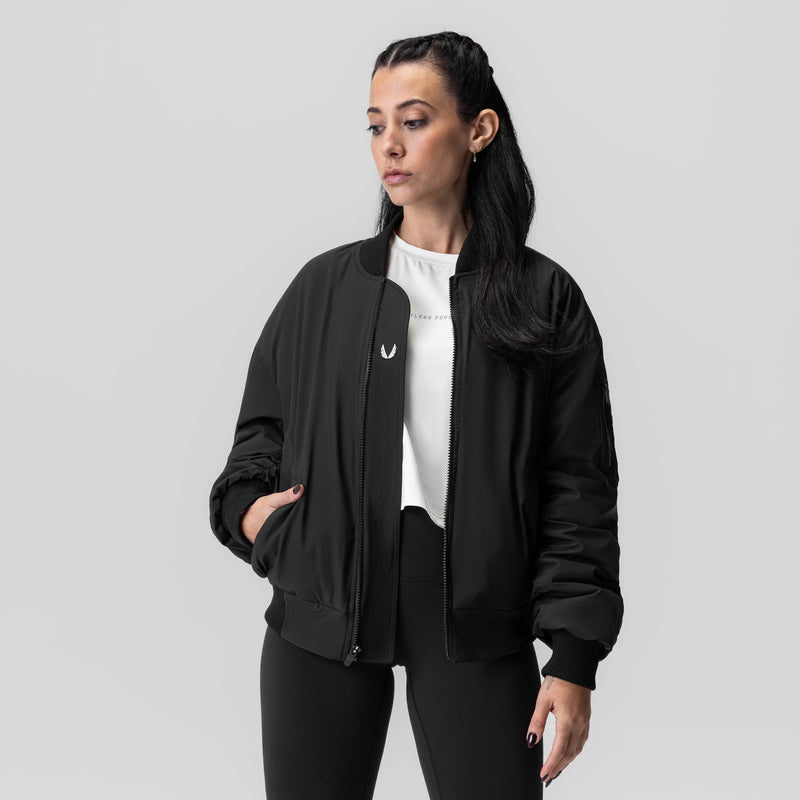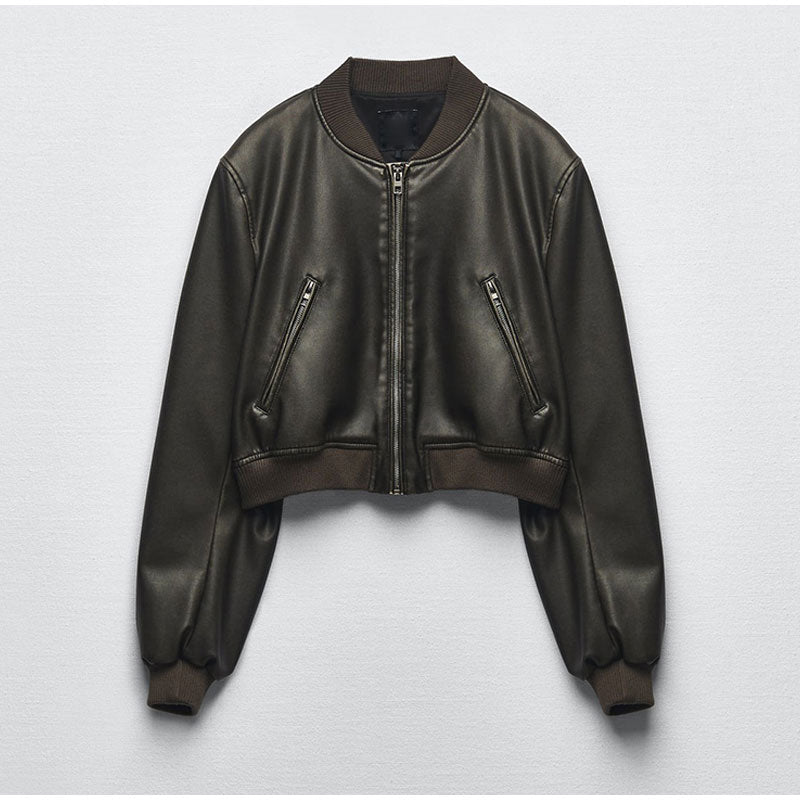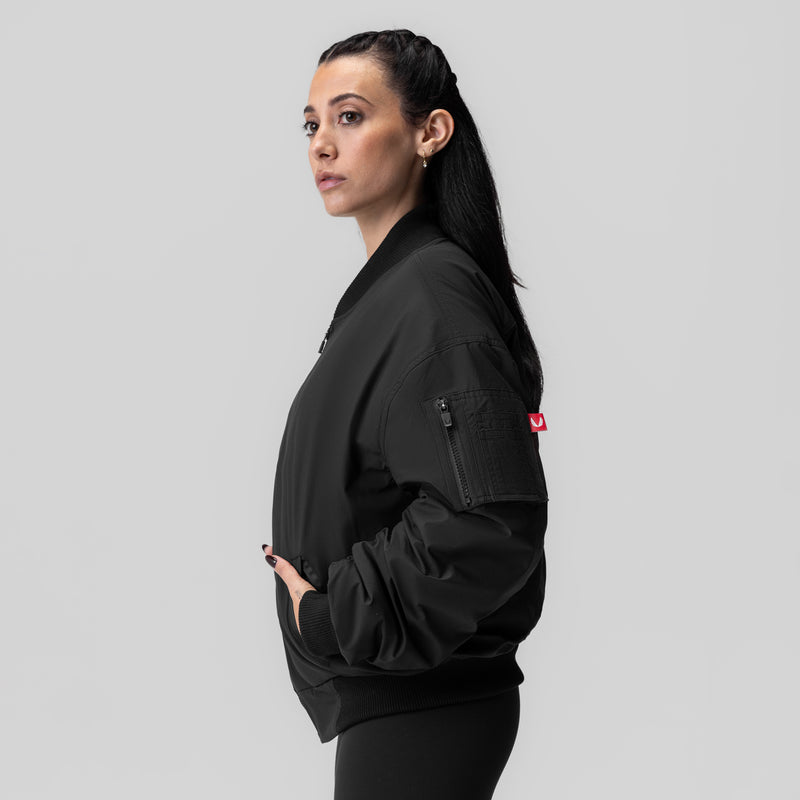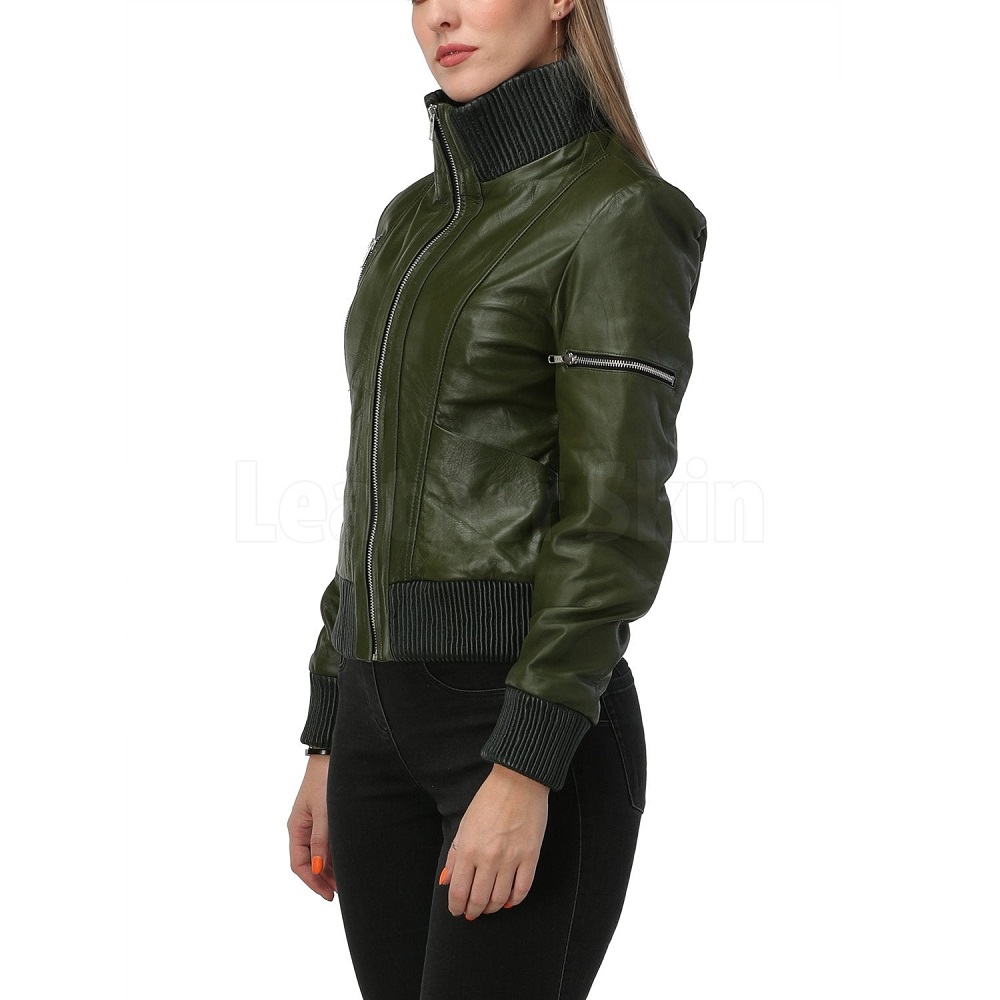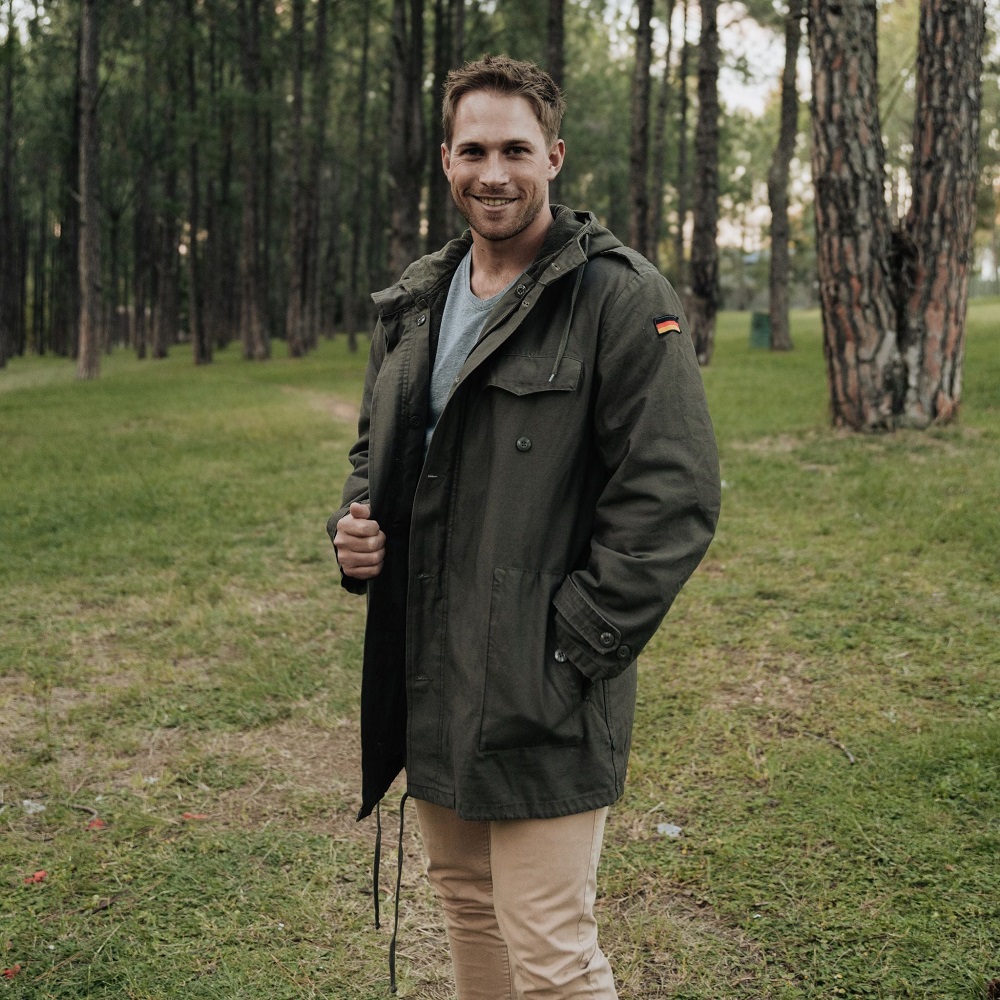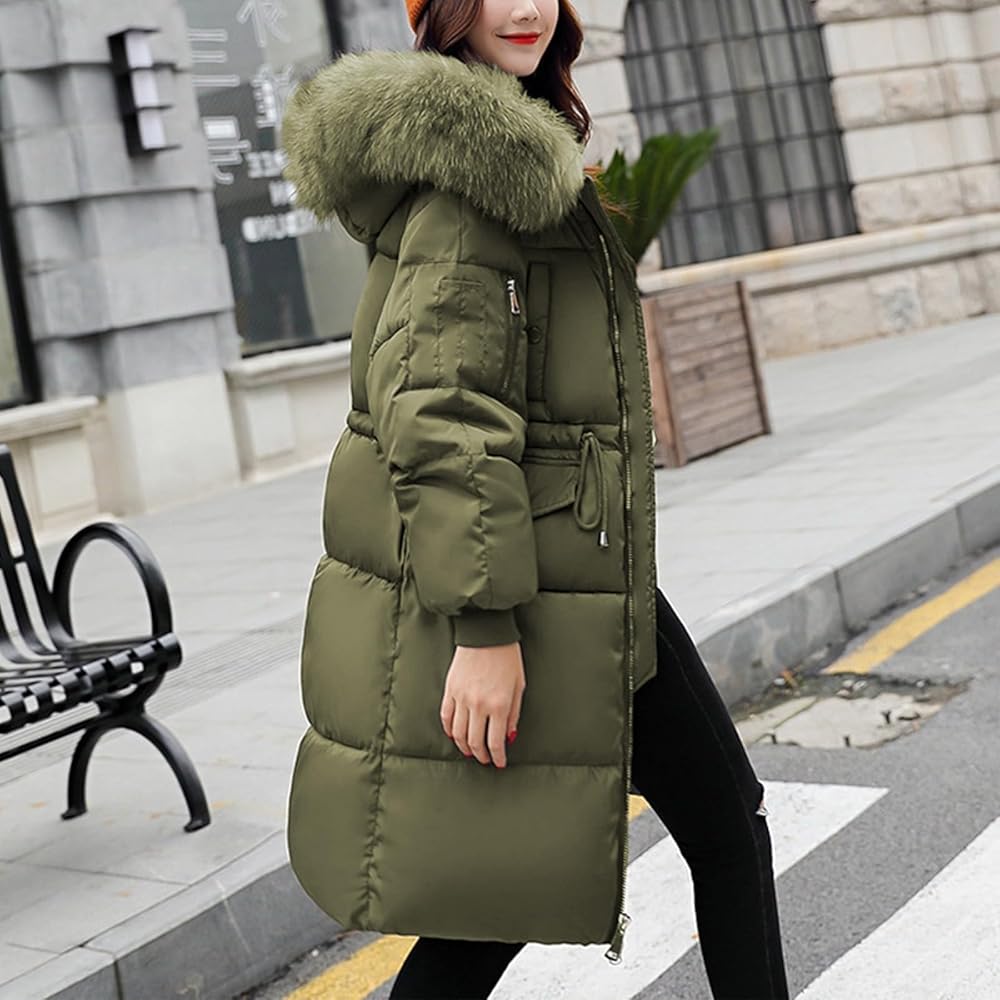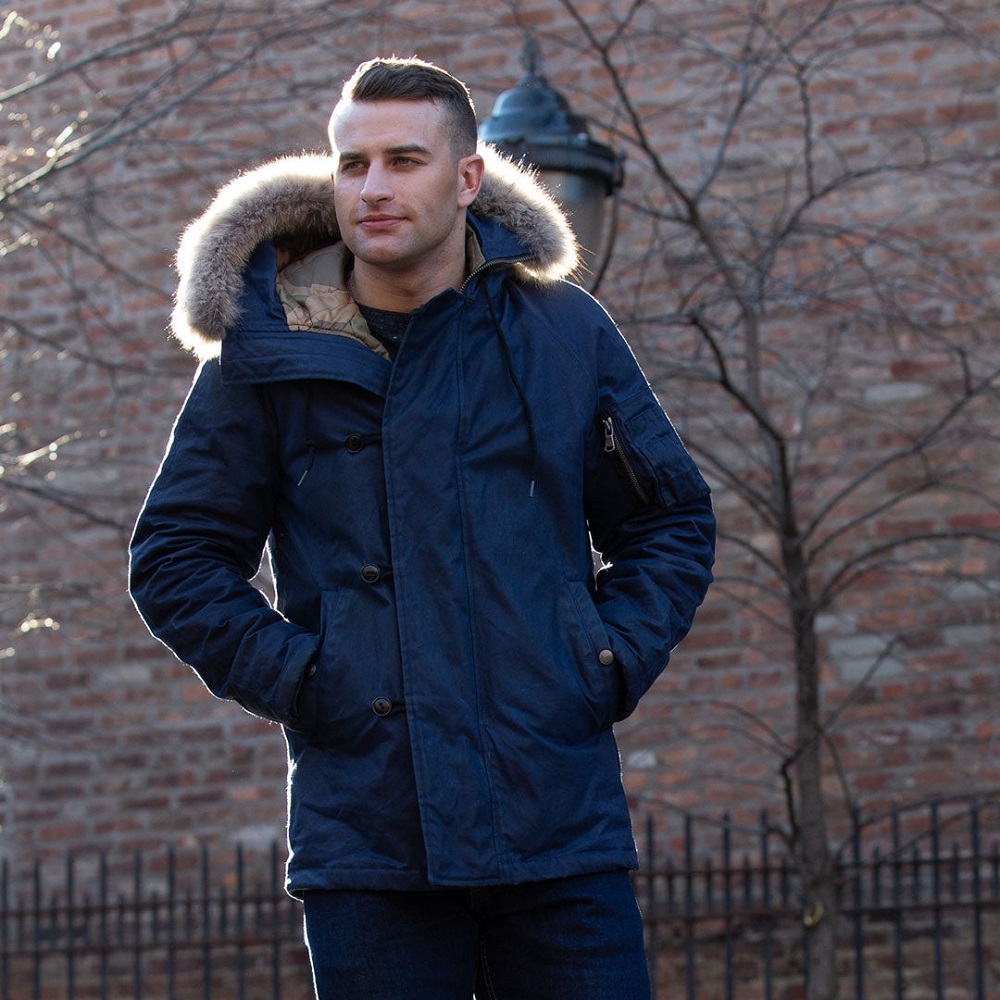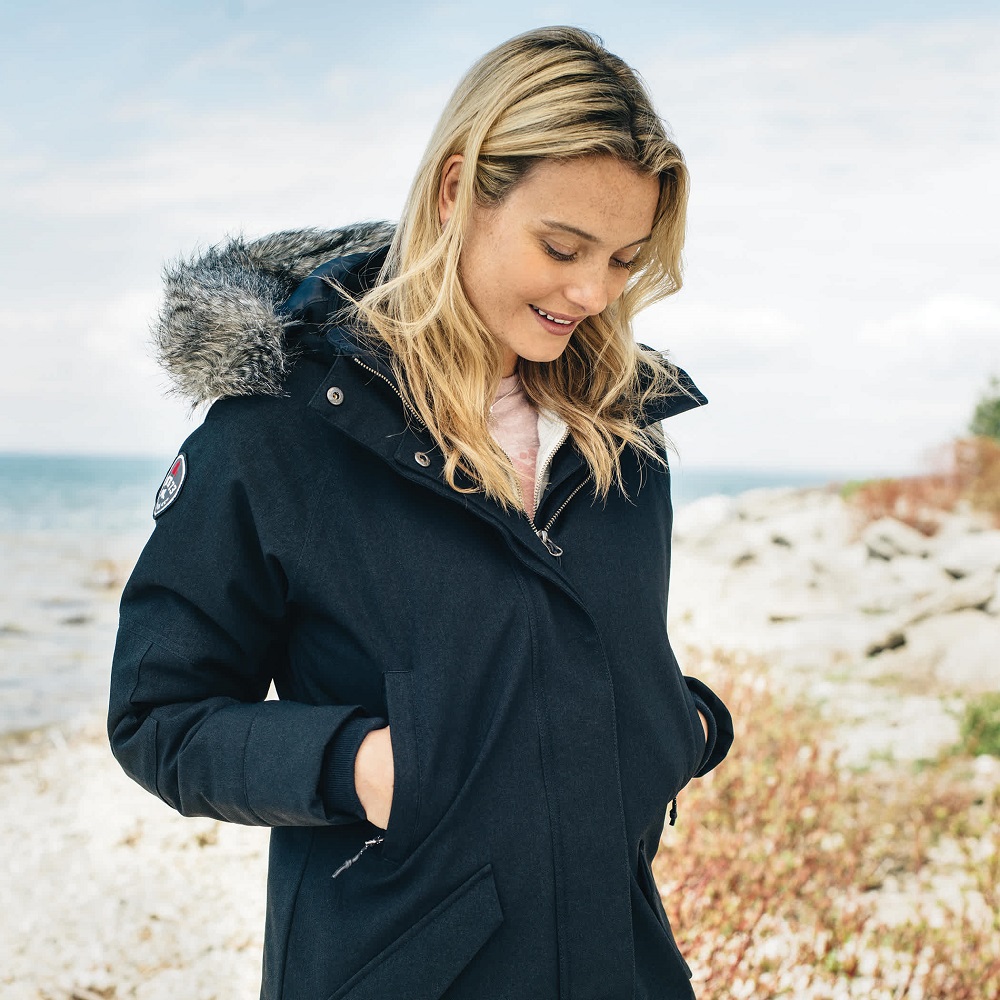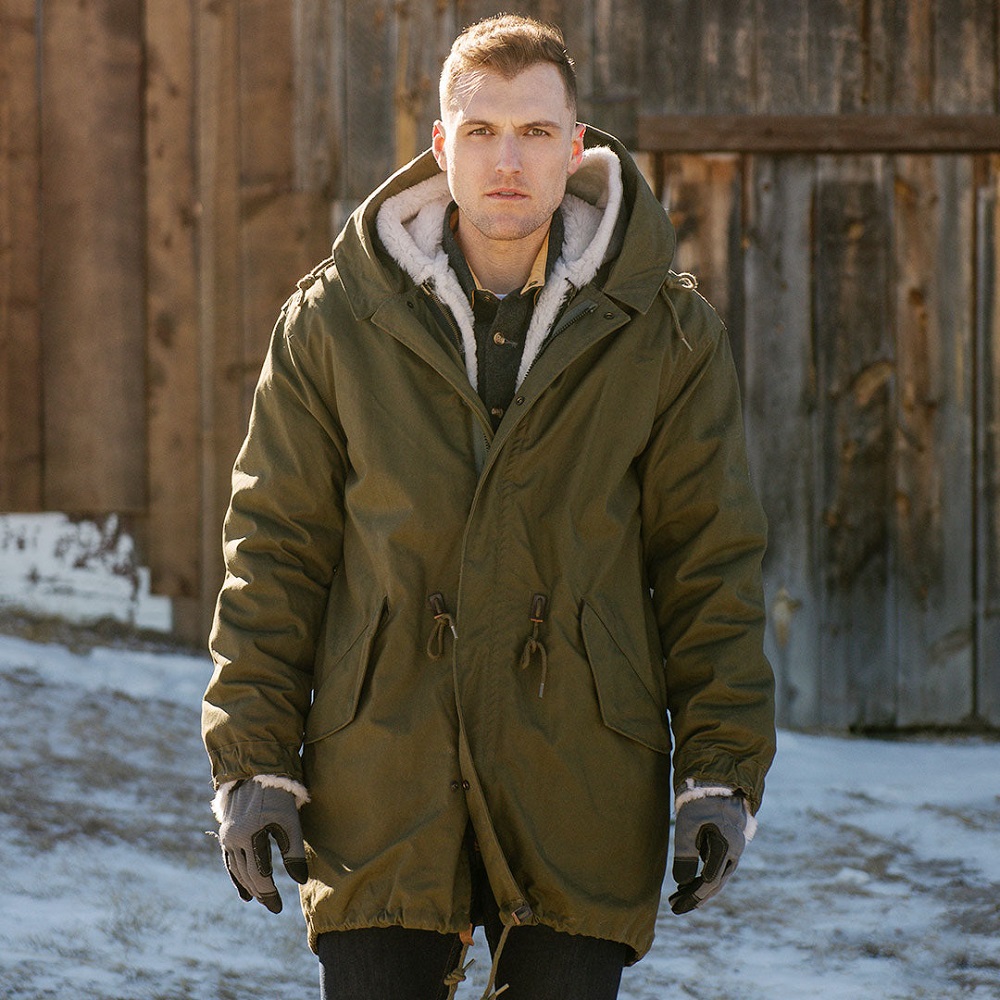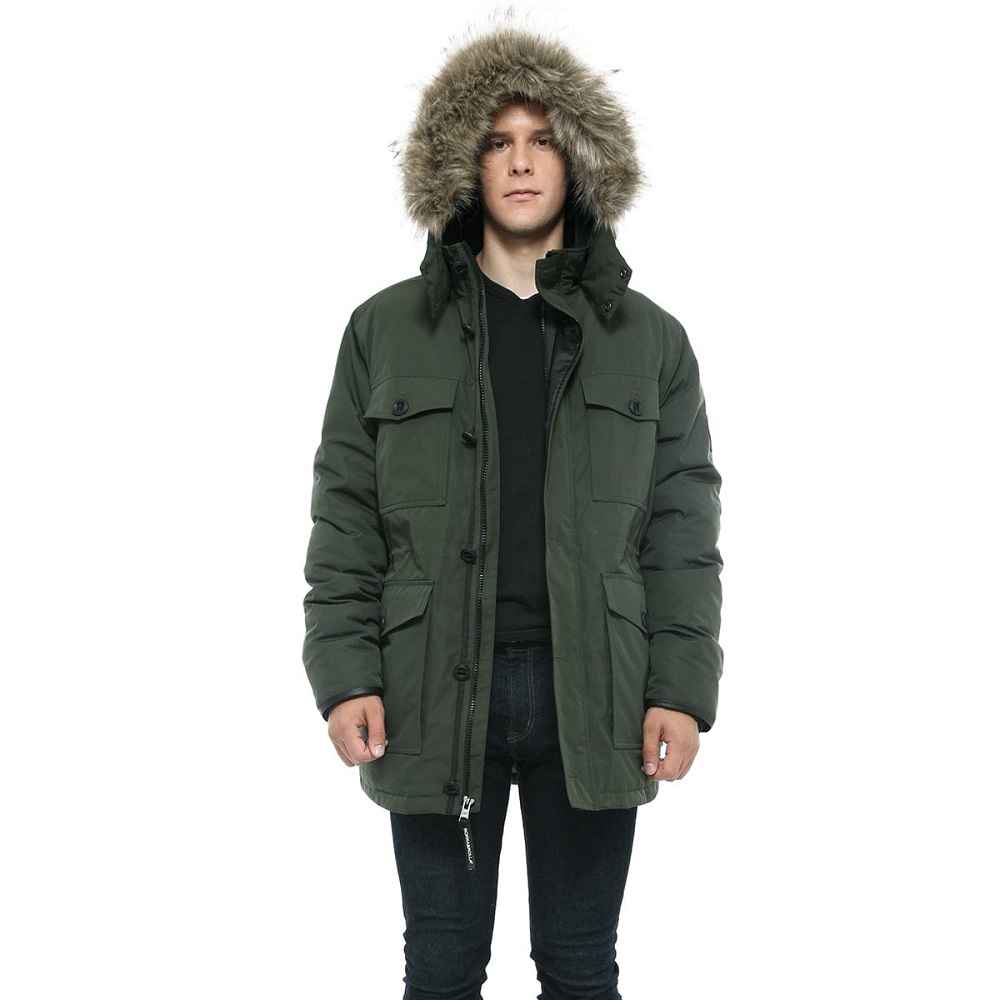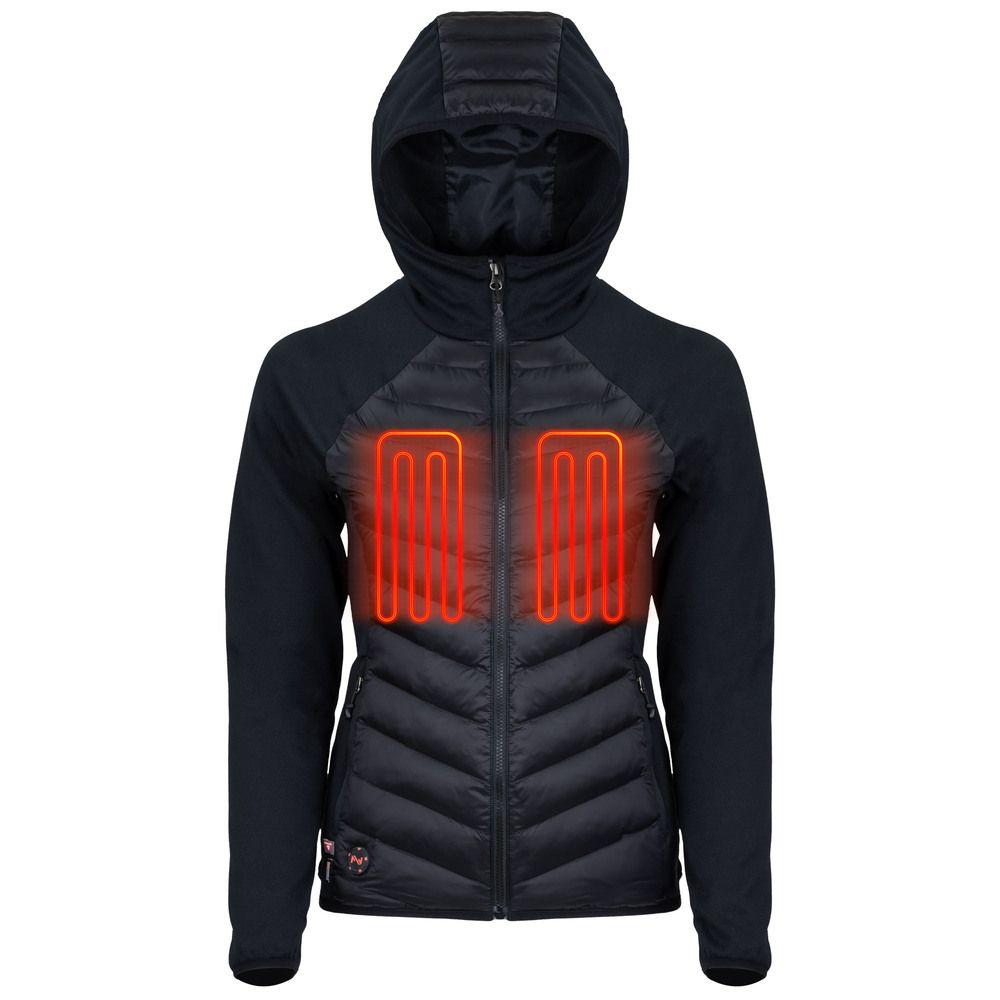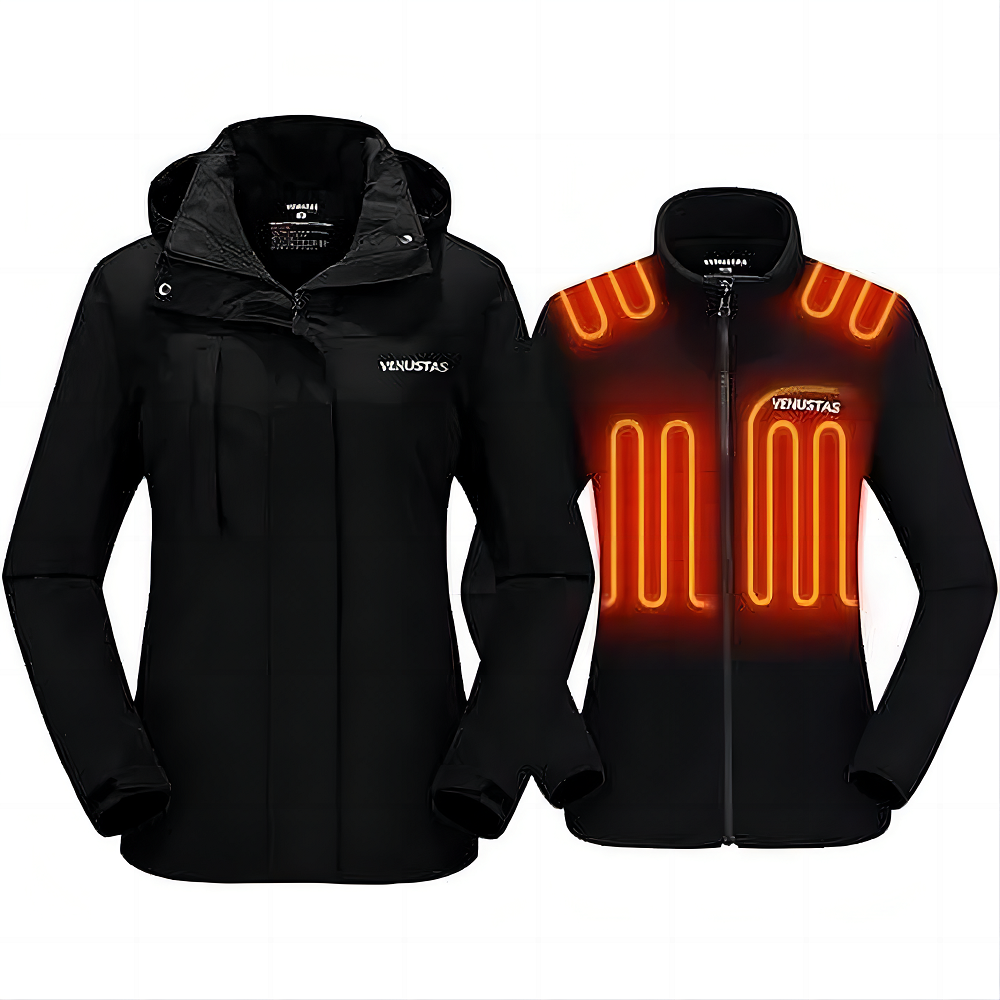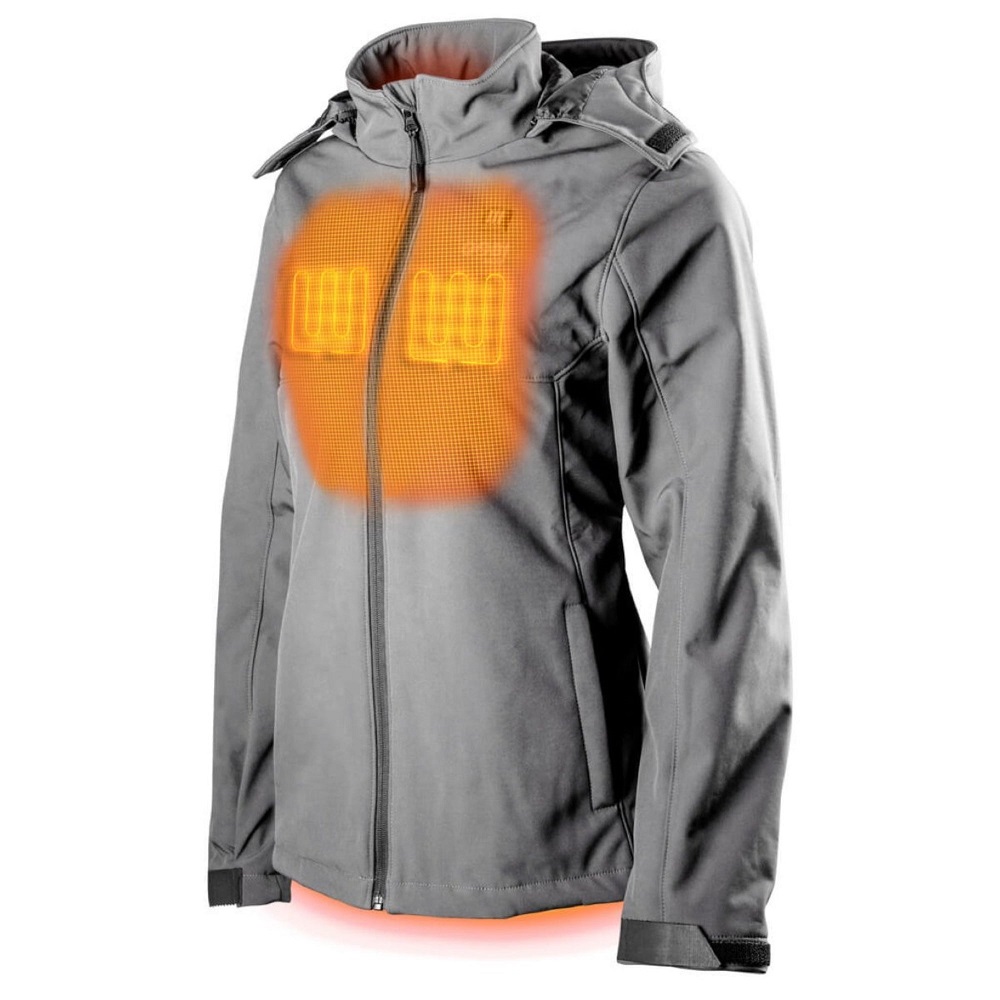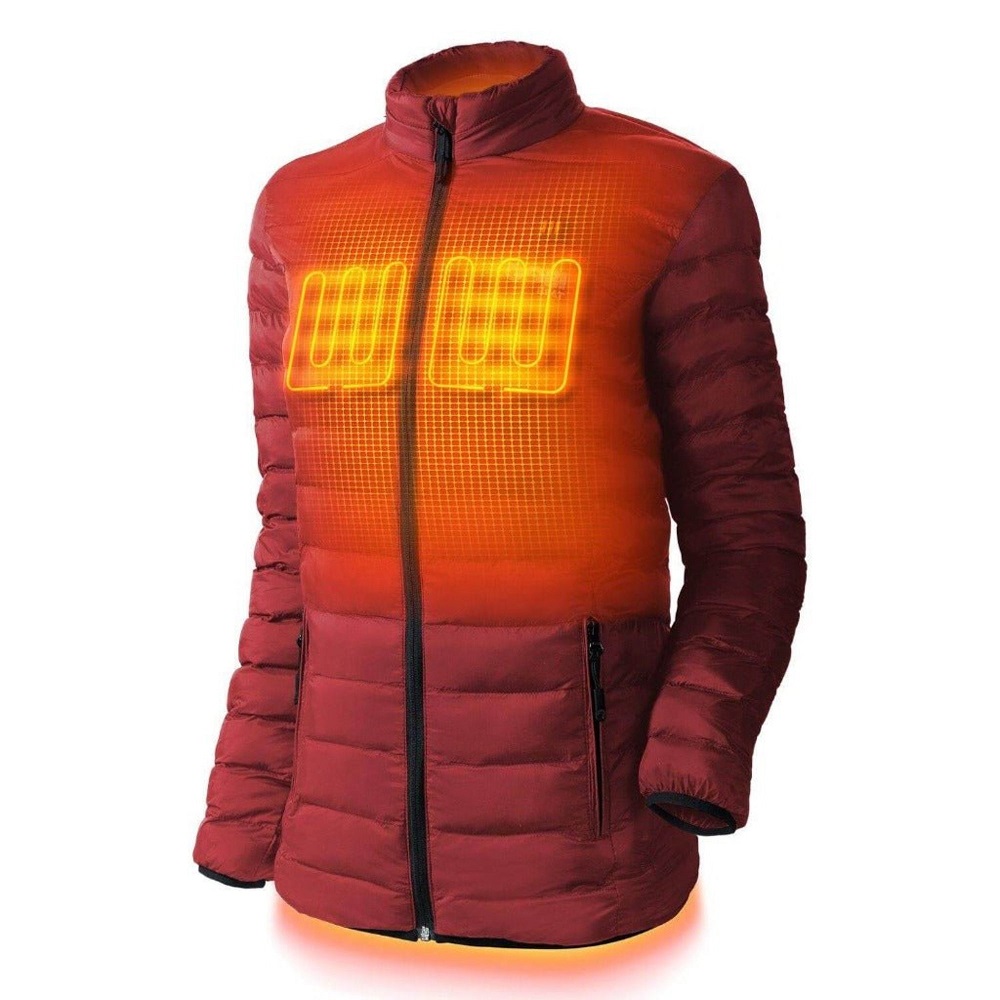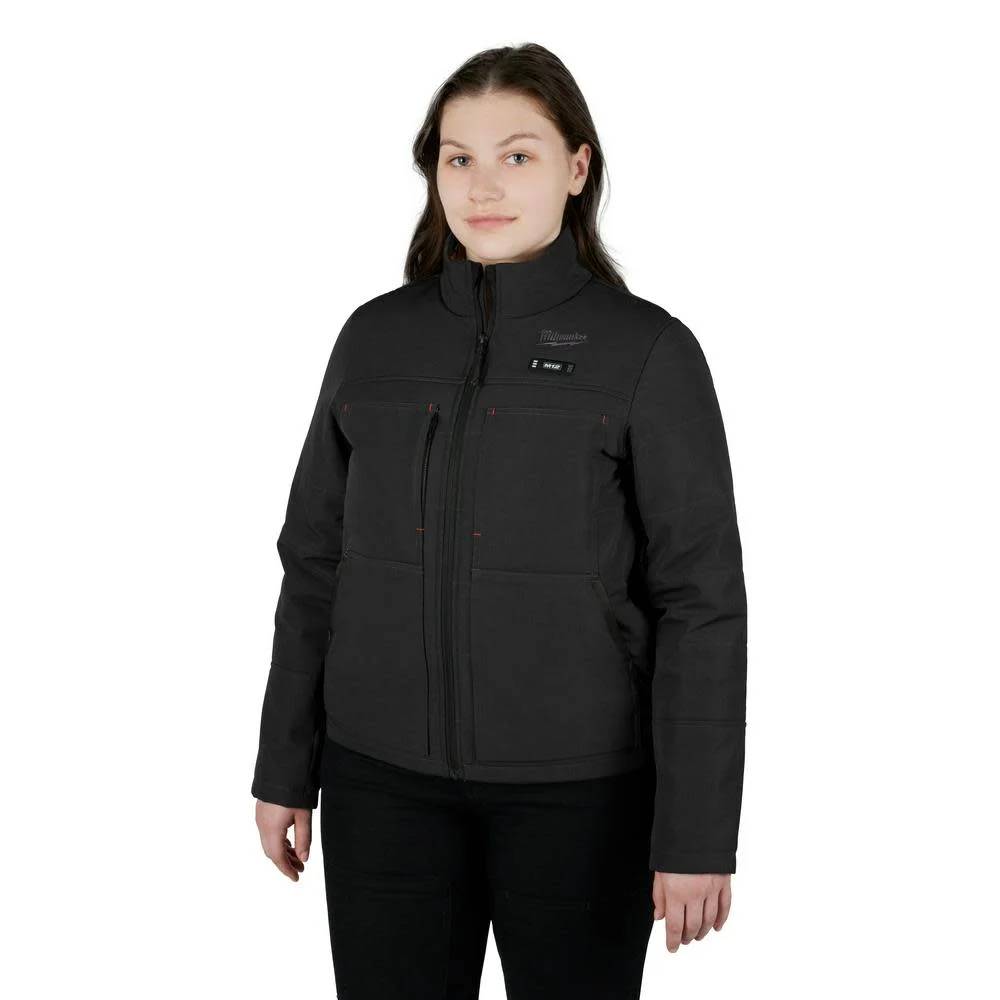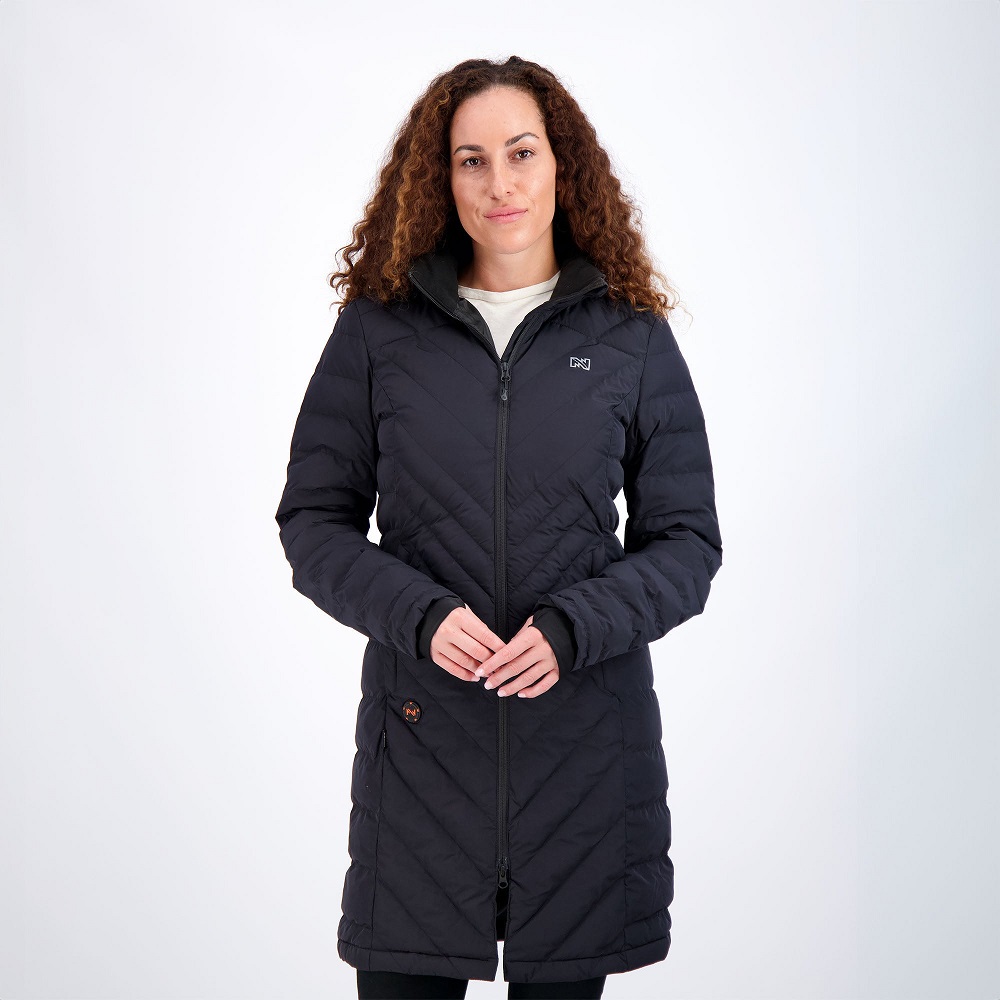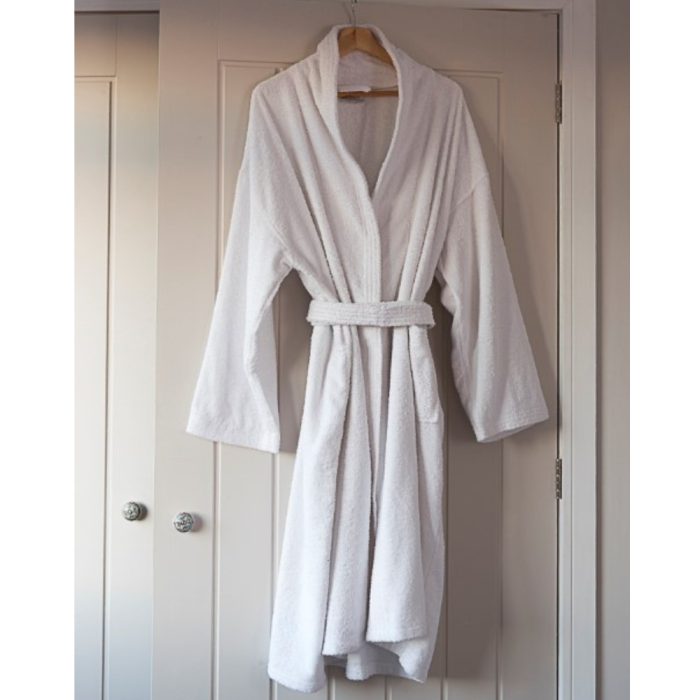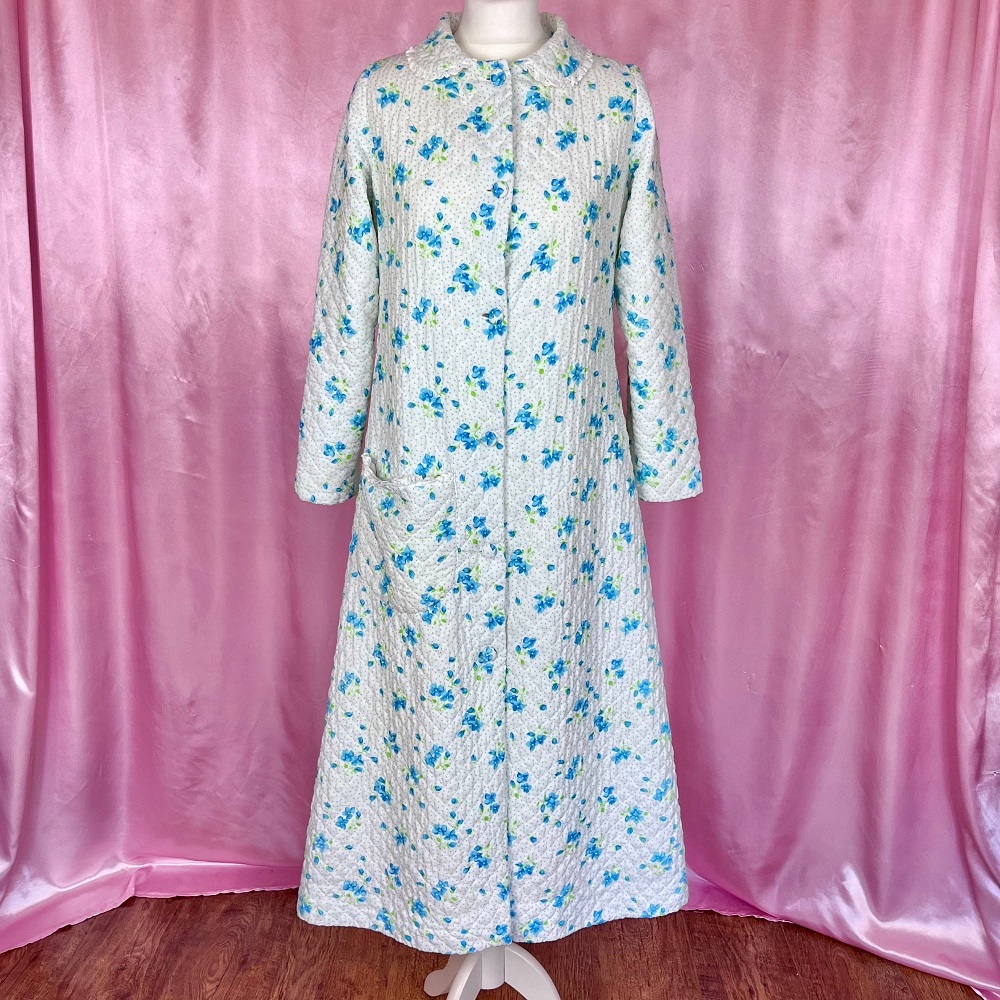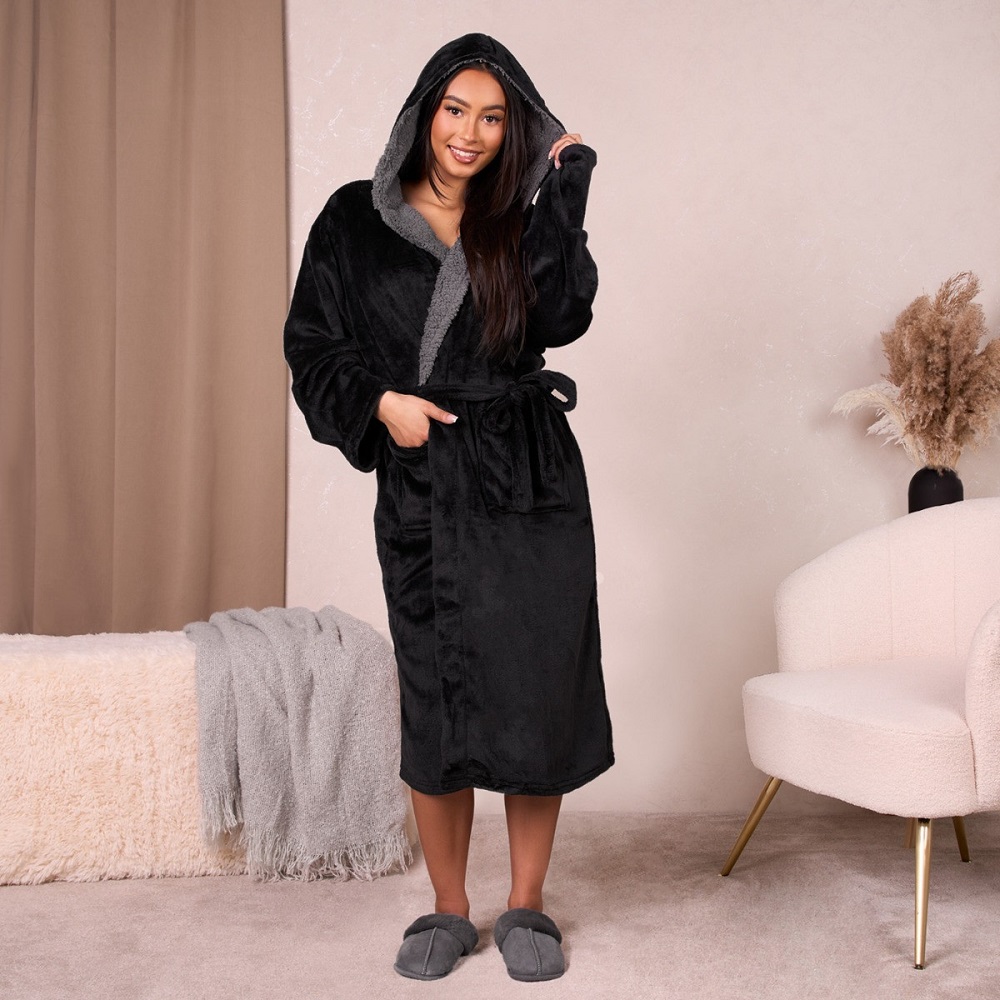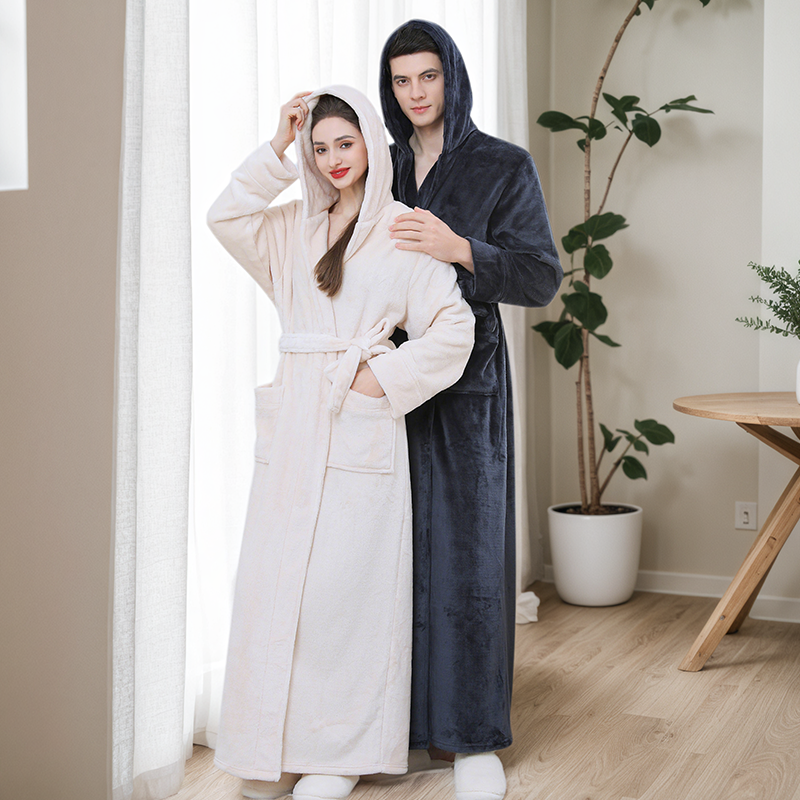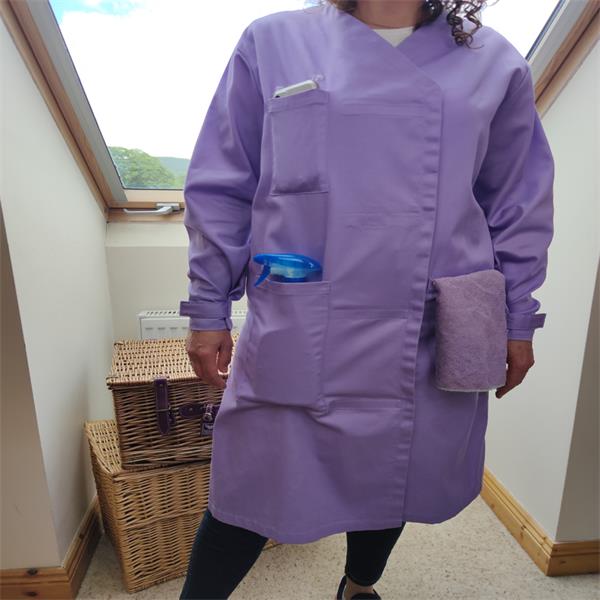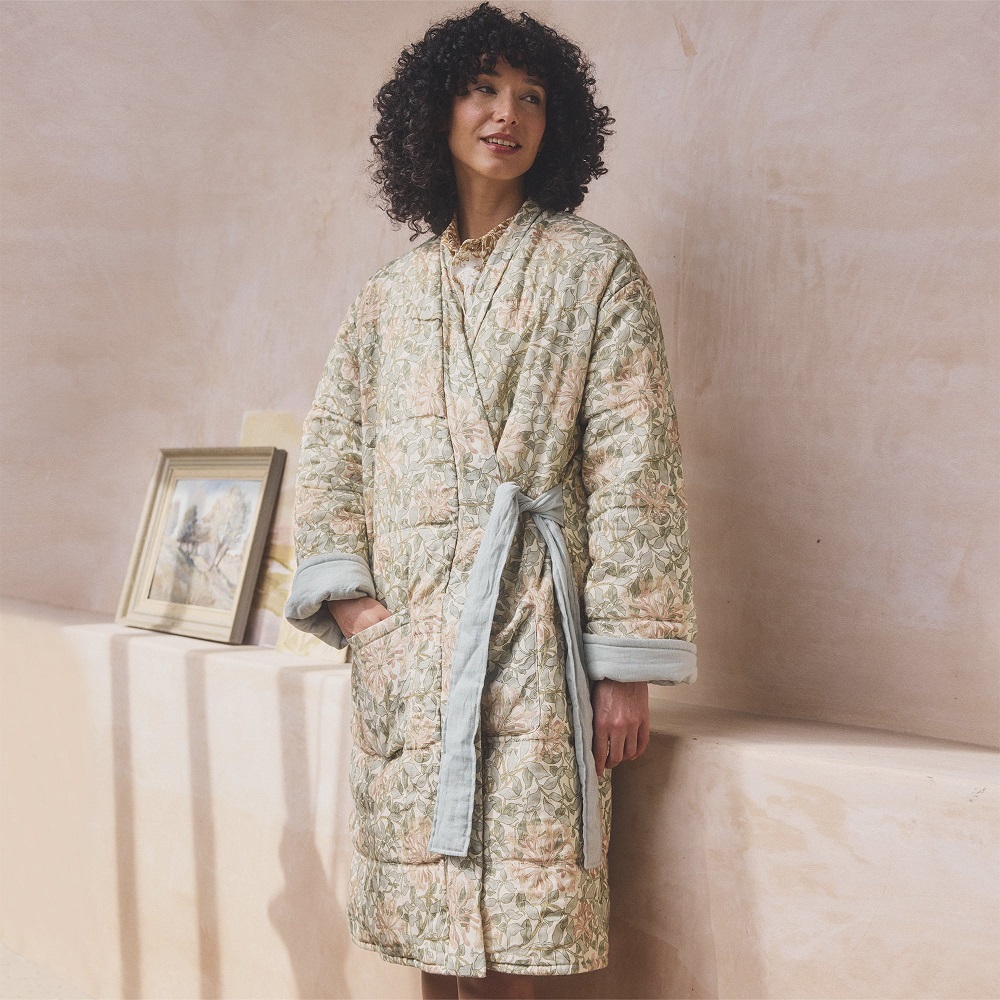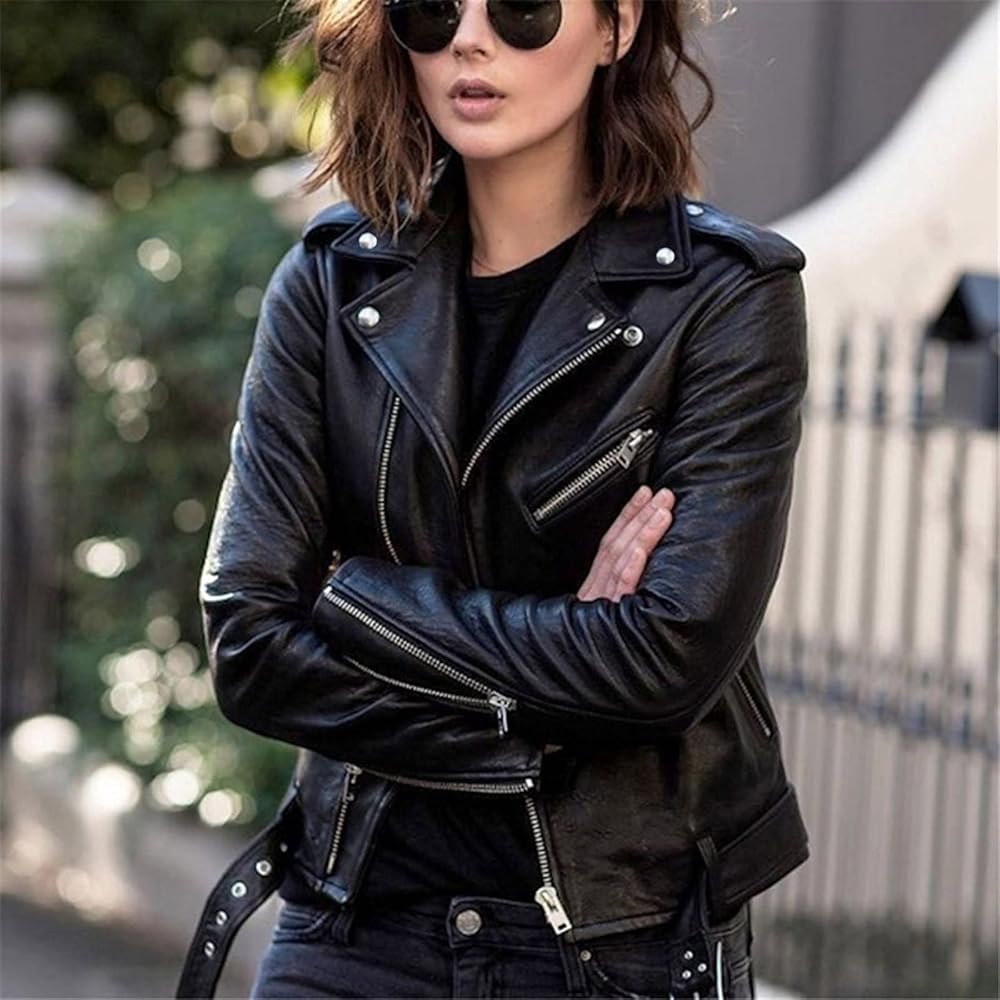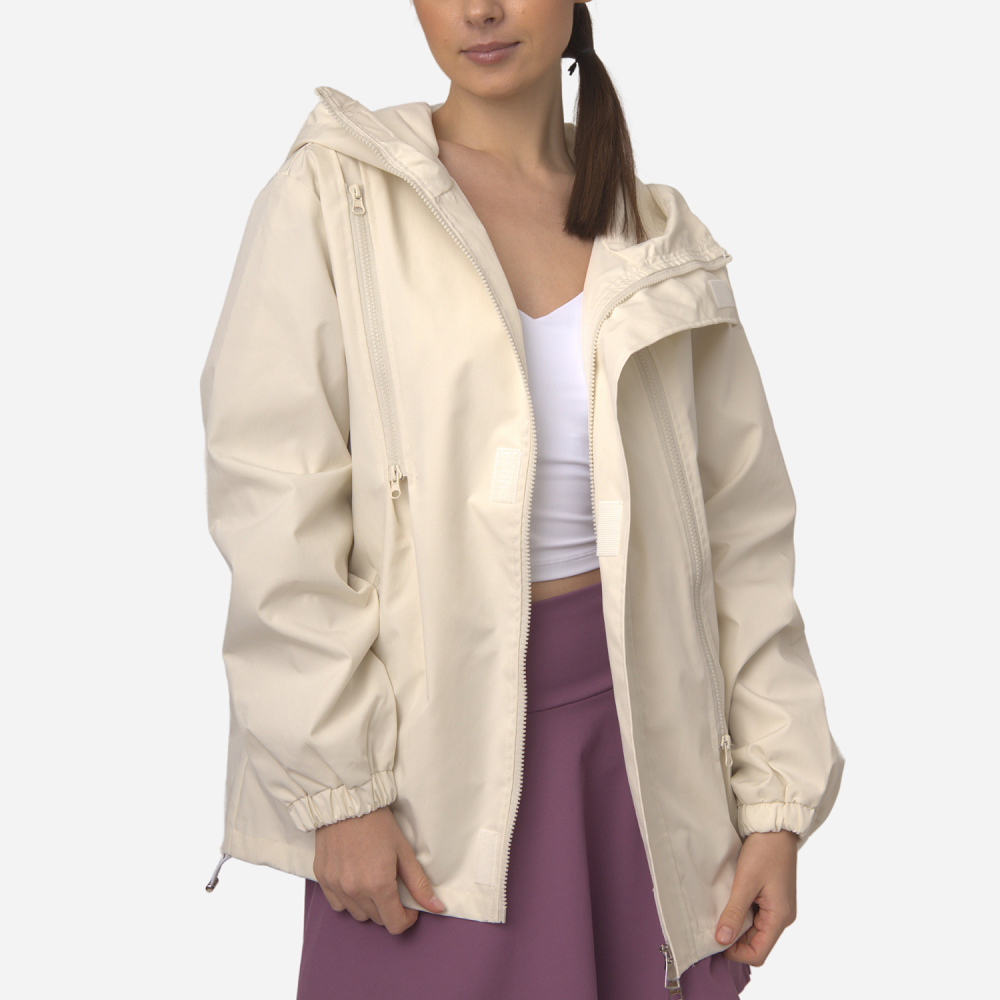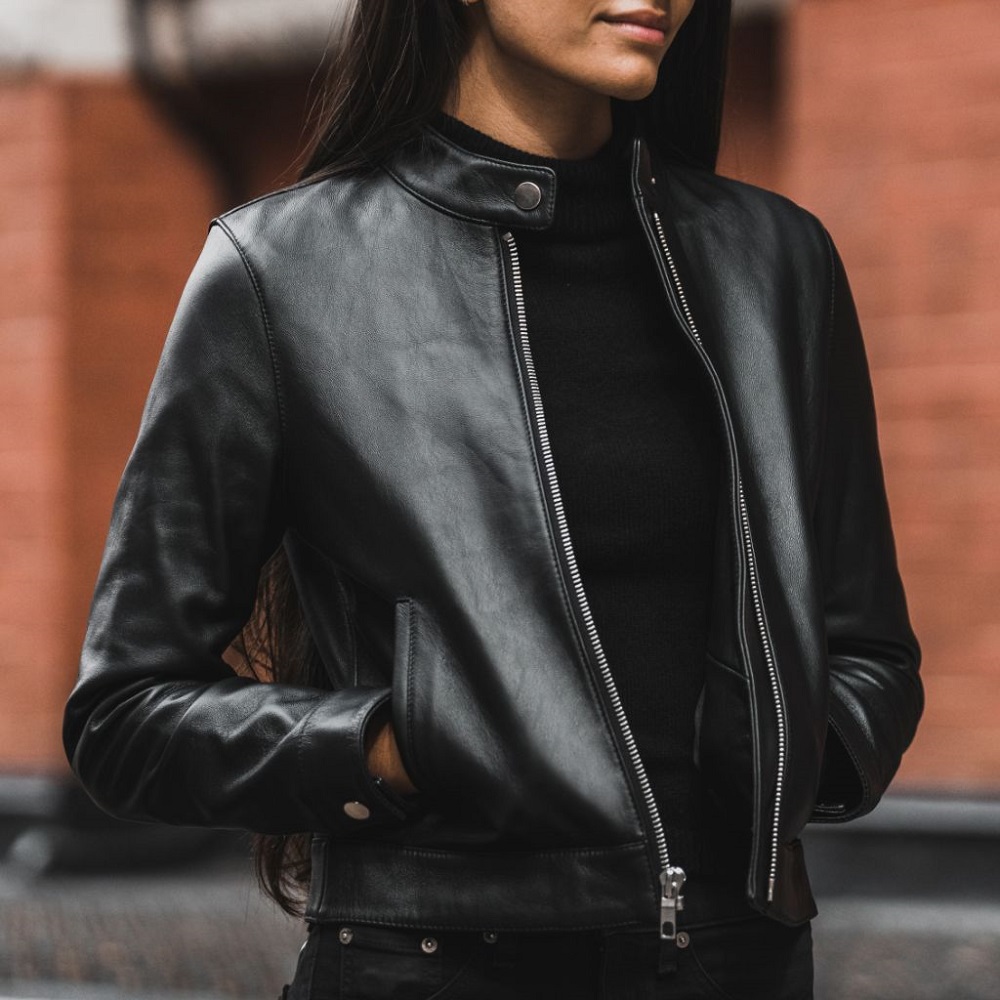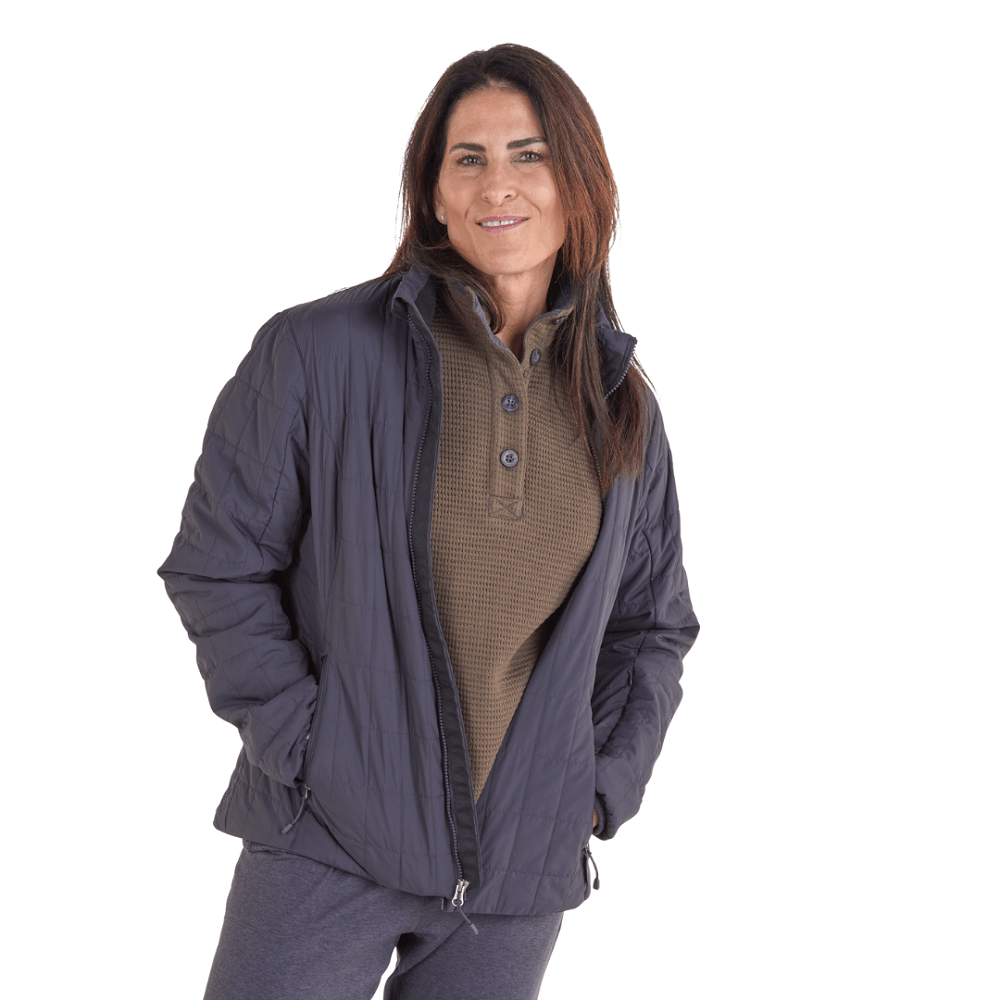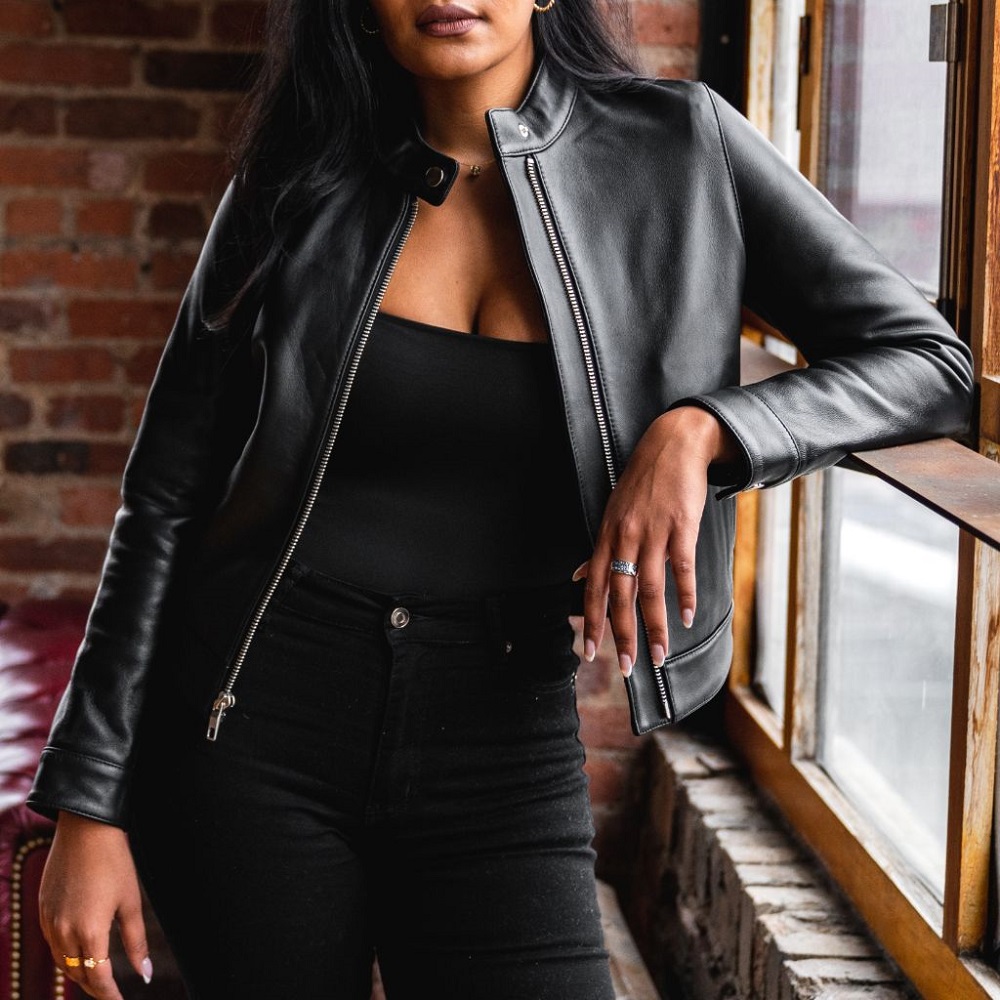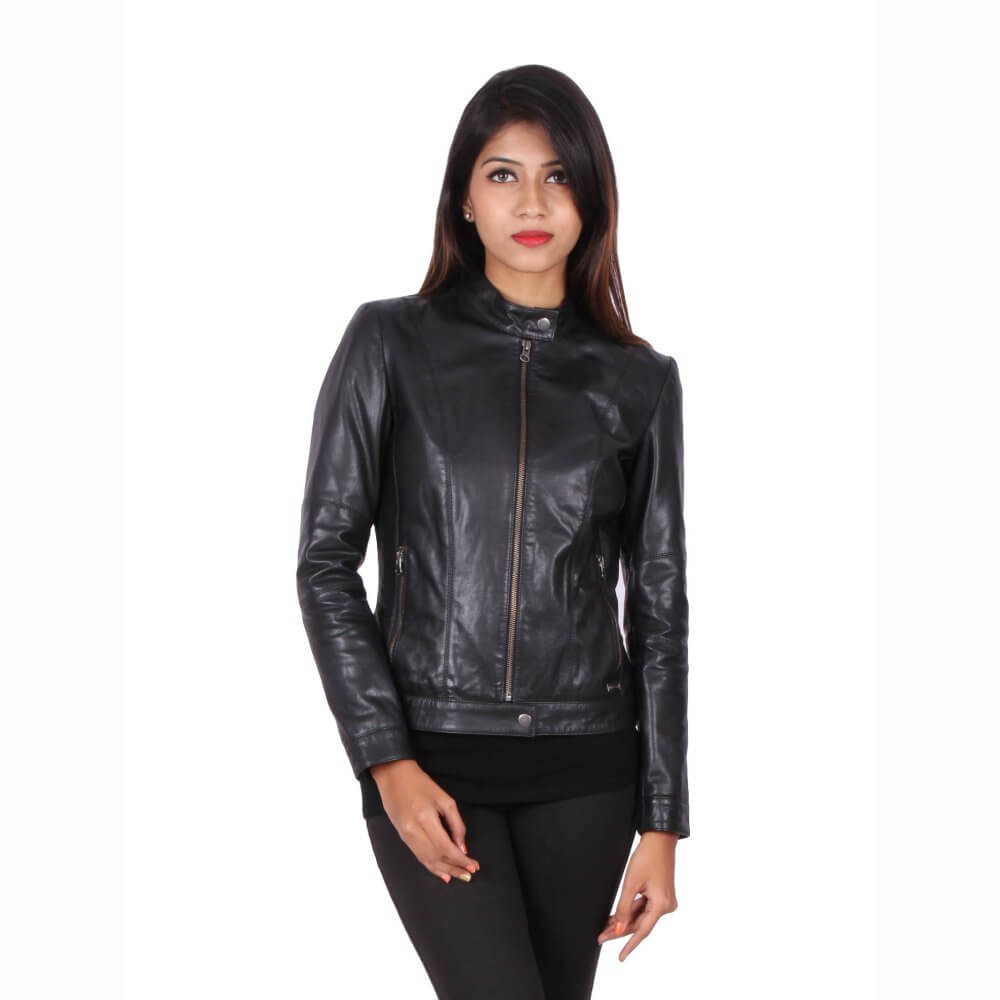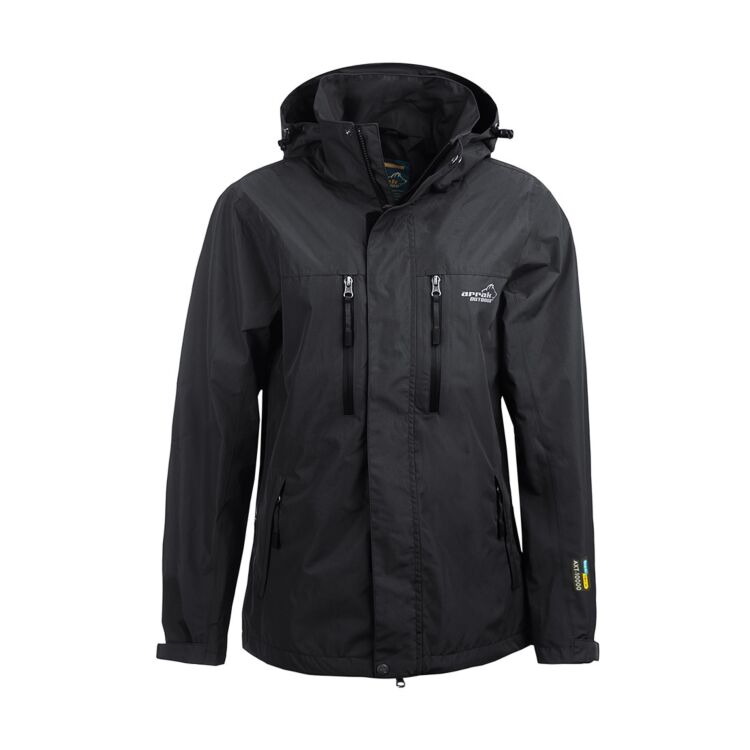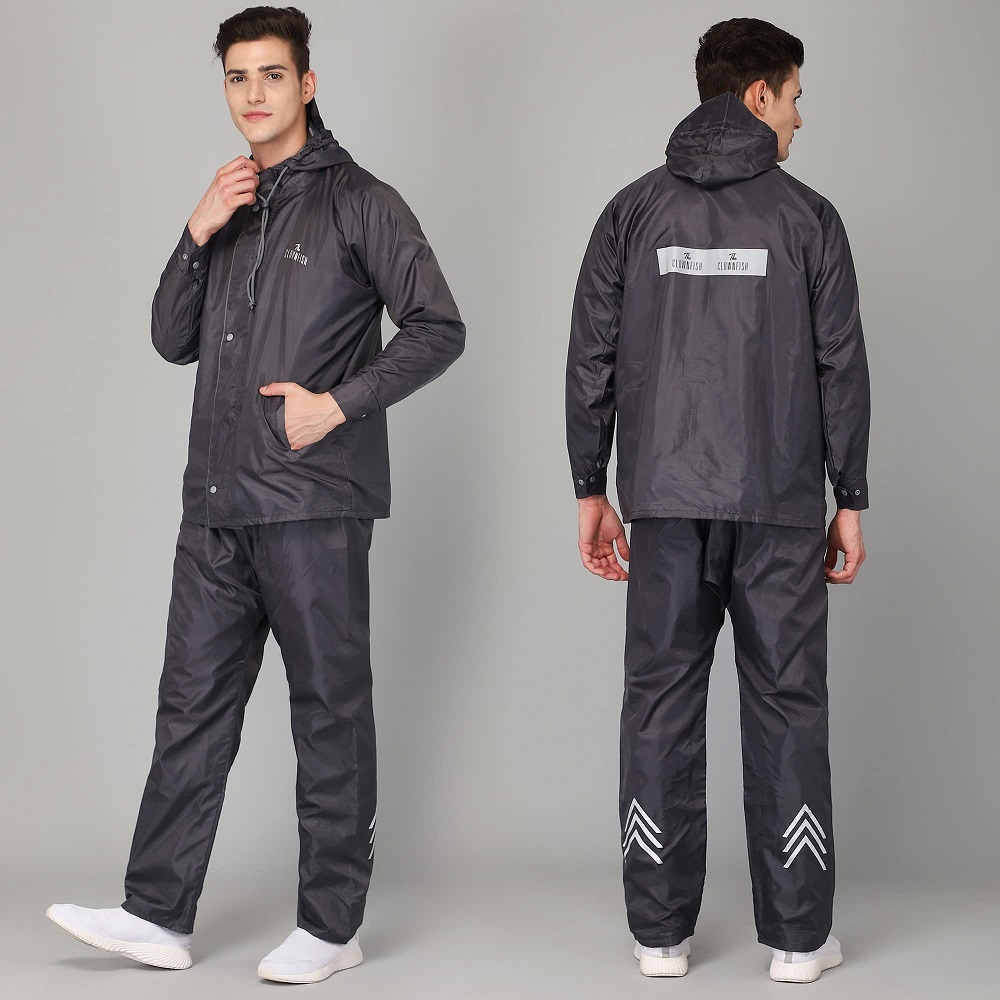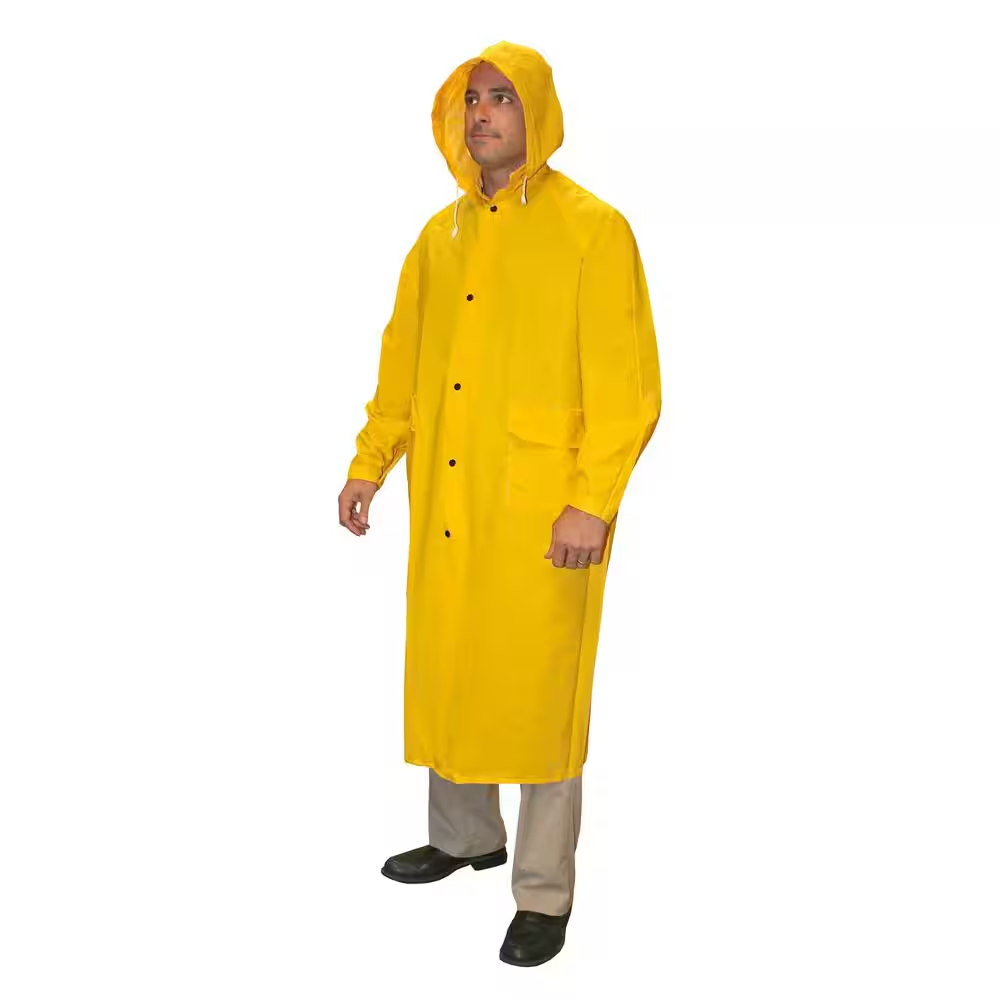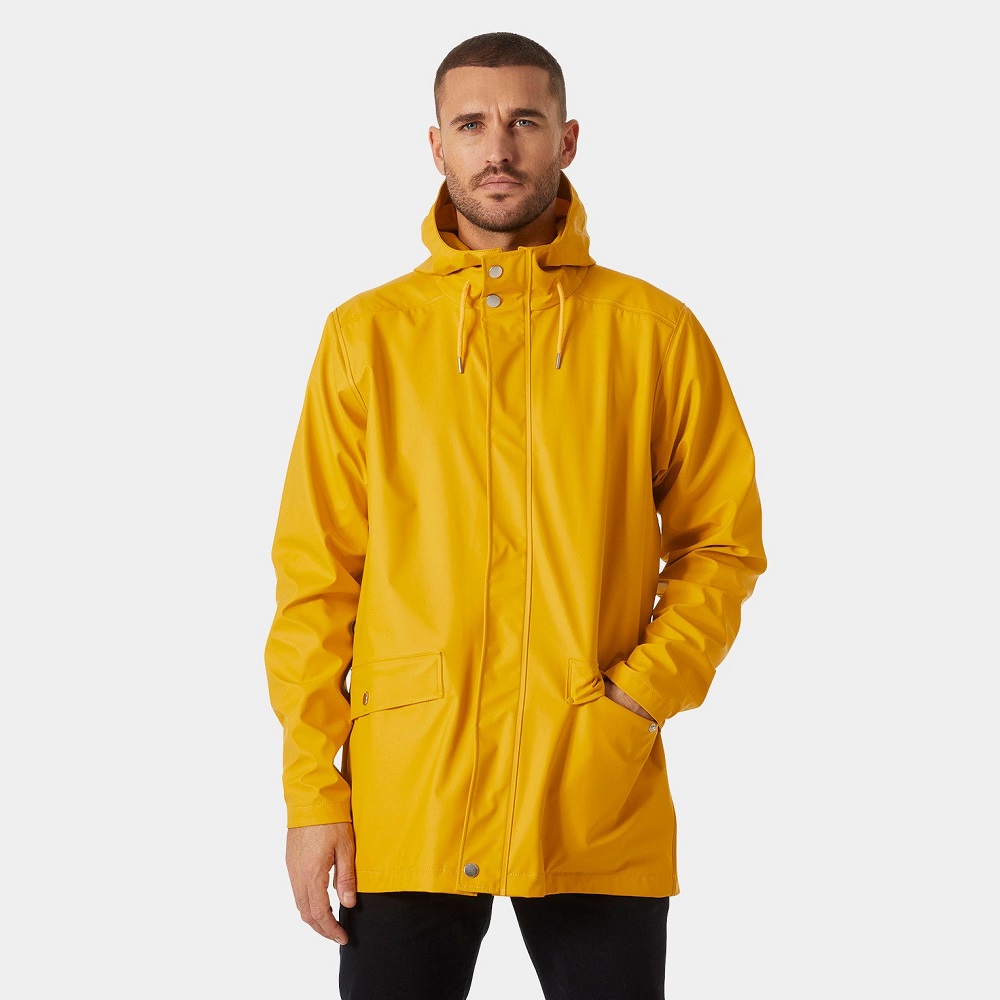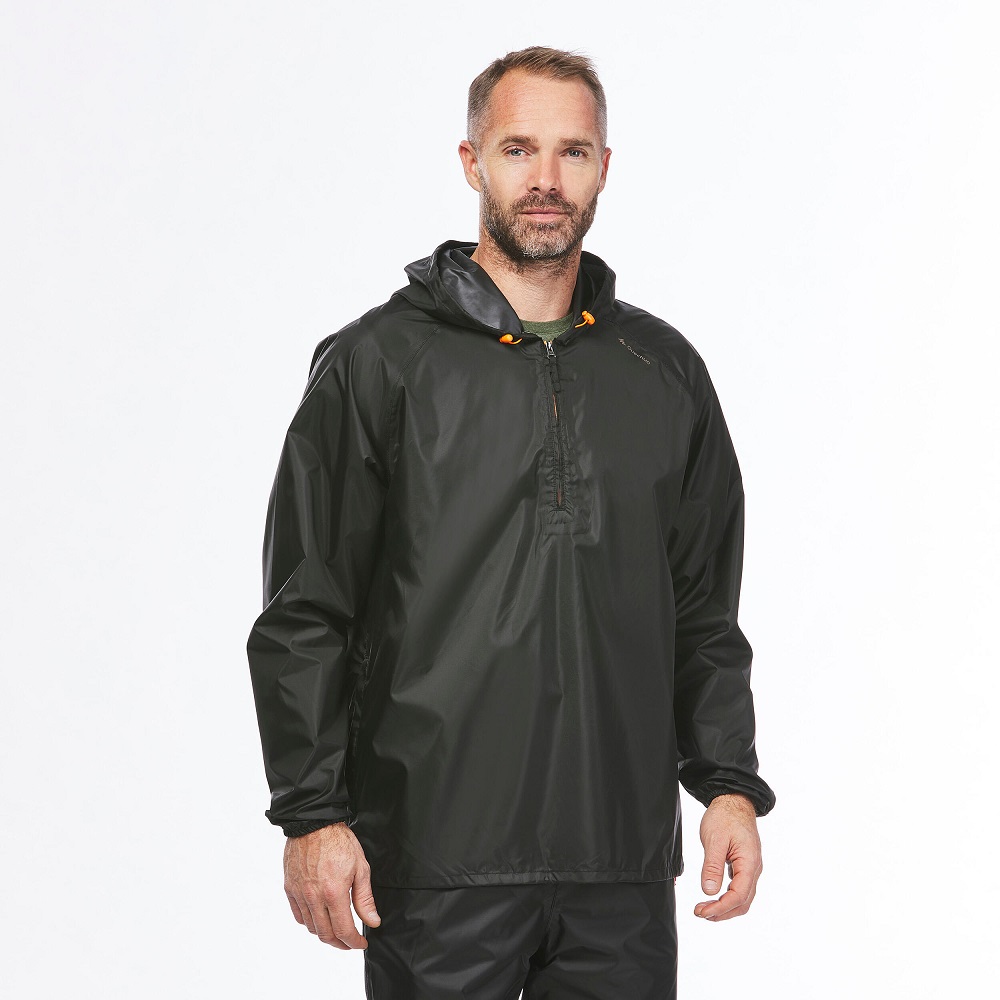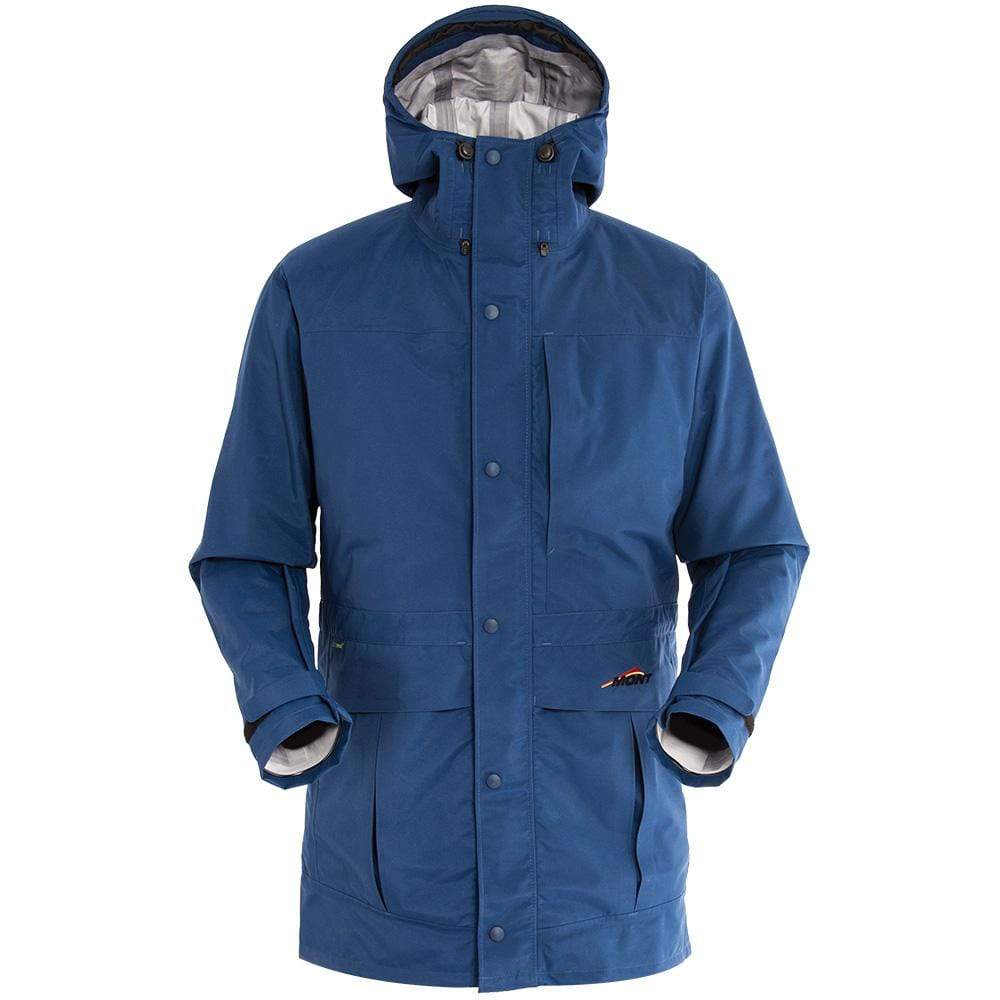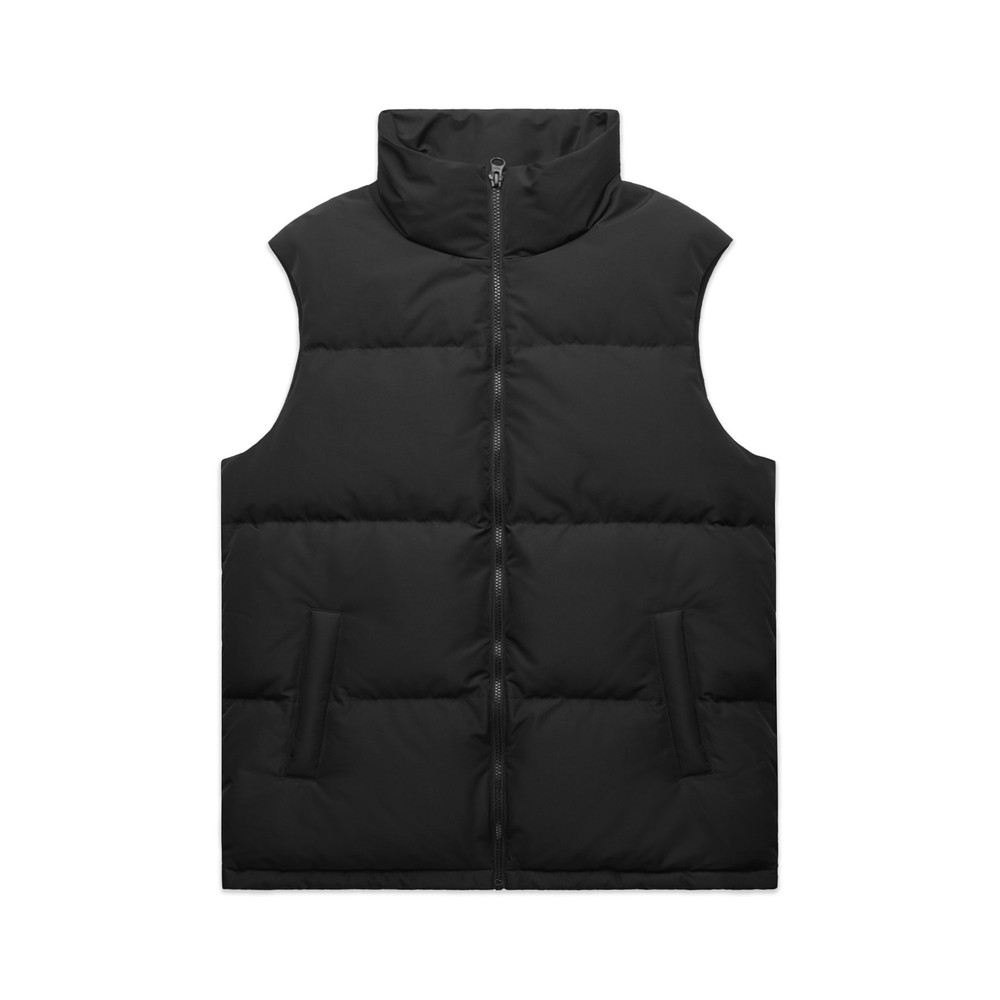
What is a Vest Jacket?
A vest jacket is a versatile wardrobe piece perfect for layering. It combines style and functionality. Known for its sleeveless design, a vest jacket provides freedom of movement while offering warmth.
Defining the Vest Jacket
A vest jacket is a sleeveless outerwear option. It comes in various styles, from casual to formal. Typically, it stops at the waist or hips, enhancing your outfit. Vest jackets bridge the gap between a traditional jacket and a vest. They’re designed to deliver comfort without compromising on style.
Key Features and Materials of Vest Jackets
Vest jackets are made from materials like cotton, denim, leather, or polyester. Insulated options use wool or fleece for added warmth. Key features often include zippers, buttons, and pockets for practicality. Lightweight designs are perfect for layering in mild weather. Padded or quilted styles work best for colder months.
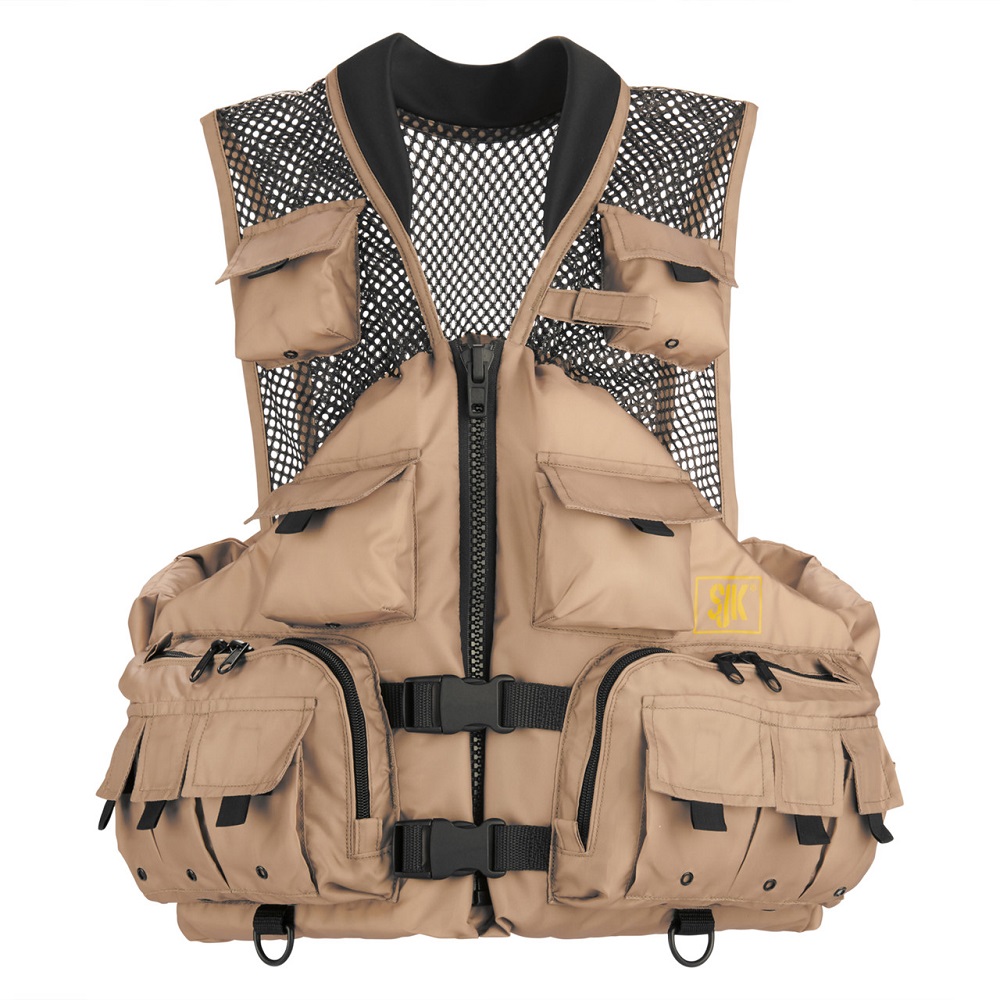
Why Add a Vest Jacket to Your Wardrobe?
Adding a vest jacket to your wardrobe elevates your style and boosts practicality. This timeless piece is perfect for diverse scenarios, making it a smart choice.
Versatility of Vest Jackets in Different Seasons
Vest jackets adapt seamlessly to changing seasons. They are ideal for layering during cooler months. In winter, opt for padded or quilted styles to stay cozy. Spring and fall call for lightweight designs to enhance windy-day outfits. For summer, breathable vest jackets provide style without overheating. This versatility ensures year-round functionality.
Practical Benefits: Warmth and Layering
Warmth is a vital benefit of vest jackets. Insulated versions, made with fleece or wool, keep you comfortable. Layering is another major advantage. Sleeveless designs let you mix and match with shirts, blouses, or sweaters. Vest jackets allow freedom of movement while enhancing your outfit. They transition easily from casual to dressy occasions, boosting practicality in everyday wear.
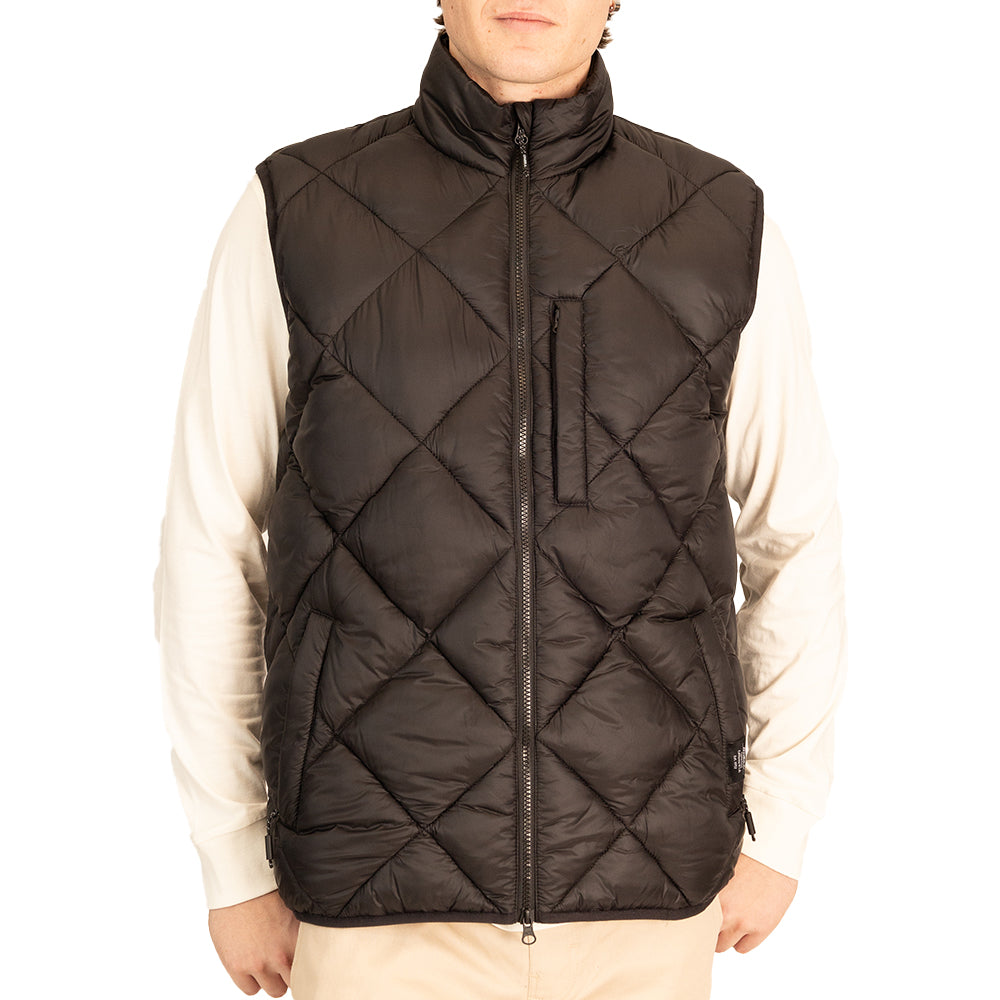
Styling Tips for Jackets
Vest jackets offer endless possibilities for stylish outfits. From casual looks to formal moments, they are highly versatile. These styling tips help you make the most of this wardrobe staple.
Casual Everyday Looks
Vest jackets are perfect for laid-back fashion. Pair a denim vest with a plain t-shirt and jeans for effortless style. Match a quilted vest with a flannel shirt and boots for chilly days. For warmer weather, try a lightweight cotton vest over a sleeveless top and shorts. Stick to neutral colors like black, beige, or olive for easy mixing and matching.
Dressing Up a Vest Jacket for Formal Occasions
Don’t limit vest jackets to casual wear. They can quickly elevate a formal outfit. Choose tailored designs in luxe materials like leather or velvet. Pair a vest jacket with a button-down shirt and slim trousers for a polished look. Adding a tie and dress shoes completes this ensemble for weddings or dinner parties. Solid colors, such as navy or grey, keep the outfit sophisticated.
Pairing Your Vest Jacket with Accessories
Accessories can transform your vest jacket outfits. Scarves add warmth and style during colder seasons. Layer necklaces for a chic boho vibe with casual vest jackets. For formal settings, opt for sleek accessories like a leather watch or cufflinks. Hats, such as beanies or fedoras, pair well with vests and highlight your overall style. Don’t forget bags; crossbody or tote styles balance out any vest jacket attire.
Choosing the Right Vest Jacket
Picking a vest jacket involves considering style, functionality, and seasonal needs. The right choice enhances your wardrobe and suits your lifestyle.
Popular Styles and Designs
Vest jackets come in a variety of styles catering to different preferences:
- Denim Vest Jackets: Timeless and casual, ideal for laid-back outfits.
- Padded and Quilted Options: Best for colder months, offering warmth and texture.
- Tailored Vest Jackets: Perfect for formal occasions, creating a polished appearance.
- Utility Vests: Feature multiple pockets and rugged designs, great for outdoor or travel.
- Leather Vest Jackets: Classic and edgy, these elevate bold looks.
Each style serves unique purposes. Choose designs that blend functionality with personal taste.
Color and Fabric Considerations
Selecting the right color and fabric ensures versatility and comfort:
- Neutral Colors: Black, beige, grey, and navy pair easily with most outfits.
- Bold Colors: Red, green, or patterned options highlight individuality and give outfits character.
- Fabric Choices:
- Cotton: Lightweight and breathable, suitable for warmer seasons.
- Leather: Durable and stylish, great for bold looks.
- Denim: Casual and versatile, perfect for everyday wear.
- Fleece or Wool: Insulated materials provide warmth for cold weather.
Matching the fabric to the season and occasion ensures practicality and elegance. Focus on materials that complement your lifestyle and wardrobe needs.
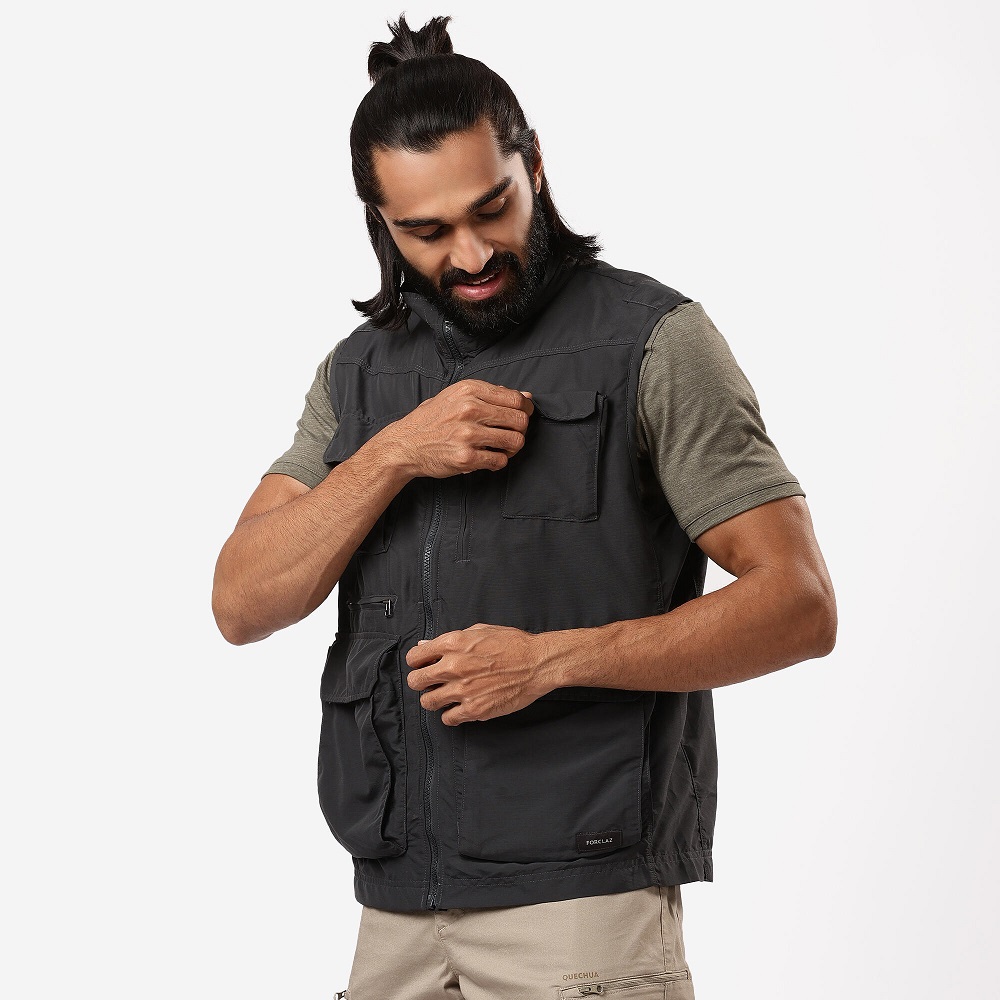
Seasonal Outfit Ideas for Jackets
Explore different seasonal outfits with vest jackets, adapting your style to stay practical and trendy. These ideas ensure you’re prepared for any season while showcasing the versatility of this wardrobe staple.
Styling a Vest Jacket for Winter
Winter calls for warmth without sacrificing style. Here’s how to make your vest jacket a winter favorite:
- Layering Essentials: Layer a padded vest jacket over a cozy wool sweater for added warmth.
- Colors to Choose: Opt for darker neutral tones like black, navy, or deep green.
- Bottoms Pairing: Pair with thick jeans, wool trousers, or thermal leggings.
- Footwear: Complete the look with winter boots to stay grounded and stylish.
- Accessories: Add scarves and gloves for functional, chic touches.
Padded and quilted vest jackets insulate well and are ideal for braving chilly temperatures while looking sharp.
Spring and Fall Looks with Vest Jackets
Vest jackets shine during transitional weather. Here’s how to style them in spring and fall:
- Light Materials: Choose lightweight cotton or denim vest jackets.
- Effortless Layering: Wear over buttoned shirts, short sweaters, or long-sleeve tops.
- Color Recommendations: Experiment with earth tones like beige, olive, or light brown.
- Outerwear Combination: Combine with a lightweight trench coat or blazer for breezy days.
- Accessories: Enhance your look with hats, crossbody bags, or simple jewelry.
Vest jackets add charm and practicality to unpredictable weather conditions during spring and fall.
Light Layers for Summer
Summer offers the chance to embrace breathable, casual vest jacket outfits. Here’s how to stay cool:
- Fabric Focus: Select cotton or linen vest jackets for light, airy styles.
- Top Choices: Pair with sleeveless tops, tank tops, or lightweight t-shirts.
- Bottoms Matching: Style with shorts, skirts, or loose trousers.
- Bright Colors: Opt for light or bold summer hues like white, light blue, or coral.
- Simple Accessories: Keep the look fresh with minimal jewelry and casual sandals.
Breathable vest jackets keep you comfortable and fashionable during the hottest months.
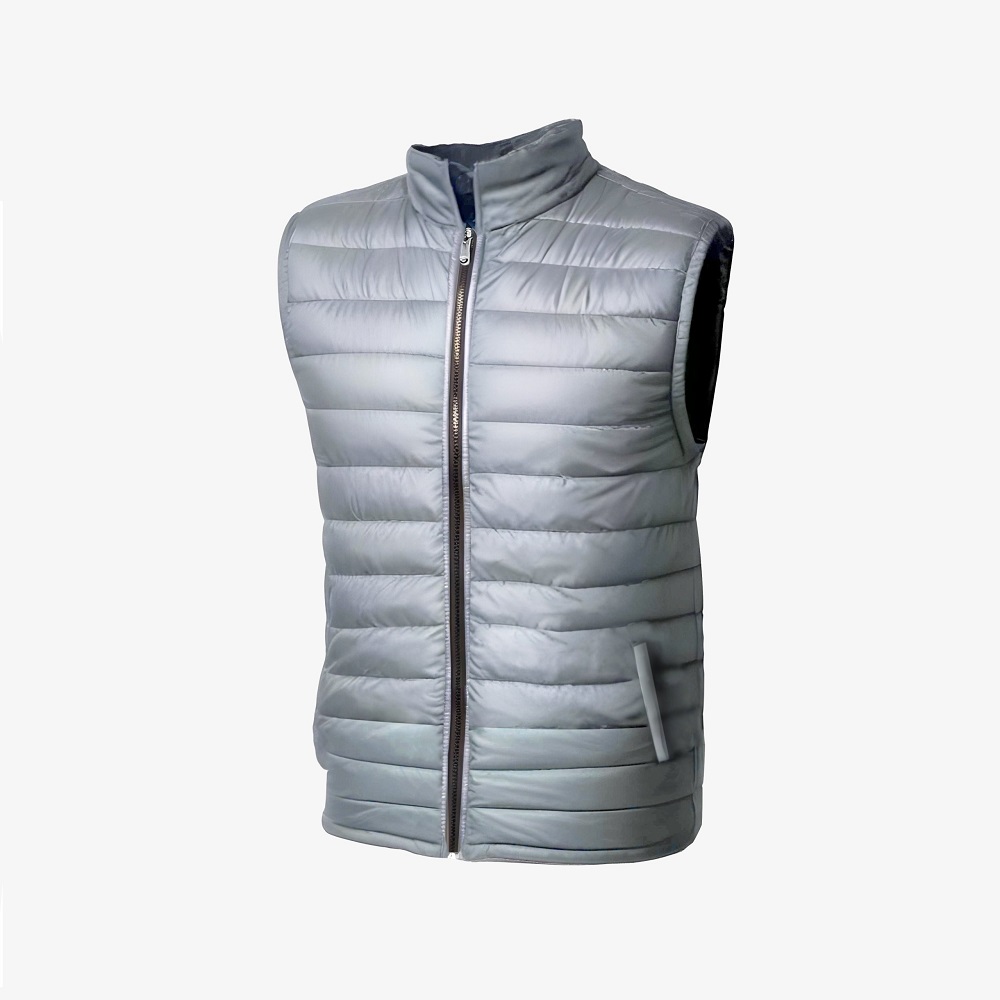
Celebrity and Influencer Inspiration
Vest jackets have gained popularity among celebrities and influencers. Their styling sets trends and offers inspiration for everyday outfits. Let’s explore how these fashion icons incorporate vest jackets into their wardrobes.
Iconic Looks Featuring Vest Jackets
Celebrities showcase stunning vest jacket styles for both casual and formal occasions. Here are some iconic looks:
- Denim Vest Jackets: Celebrities like Taylor Swift pair denim vests with floral dresses for casual charm.
- Leather Vests: Stars like David Beckham elevate bold outfits with edgy leather vests and boots.
- Tailored Vests: Formal vest jackets are a favorite of stars like Zendaya for red carpet appearances.
- Layered Designs: Influential figures such as Gigi Hadid wear padded vest jackets over turtlenecks in winter.
- Color Play: Celebs like Hailey Bieber experiment with vibrant-colored vests to add uniqueness to their outfits.
These combinations prove vest jackets are versatile for any situation. Replicating celebrity styles is an easy way to refresh your wardrobe.
Social Media Trends for Vest Jackets
Influencers influence vest jacket styling trends on social media platforms. Here are the most popular trends:
- Streetwear Style: Influencers pair quilted vest jackets with oversized hoodies and sneakers for a relaxed vibe.
- Monochrome Looks: All-black vest jacket outfits dominate Instagram feeds, showing elegance and simplicity.
- Seasonal Layers: Bloggers post styling tips with light cotton vests in spring and quilted vests in winter.
- Accessorizing: Tutorials on scarves, hats, and bags with vest jackets flood TikTok and Pinterest.
- Creative Pairings: Bold combinations, such as leather vests with maxi skirts, inspire experimental looks.
Social media keeps vest jackets in focus, making it easy to adapt trendy styles from influencers. Harness these ideas for your next wardrobe revamp.
Maintenance and Care Tips for Jackets
Proper maintenance ensures your vest jacket stays stylish and lasts longer. Follow these tips for cleaning and storage to keep it in top shape.
Cleaning Guidelines Based on Material
Cleaning your vest jacket correctly depends on the material. Here’s how to handle different fabrics:
- Cotton and Denim:
- Wash in cold water using a gentle detergent.
- Air dry to avoid shrinking or fading.
- Leather:
- Use a damp cloth to wipe off dirt.
- Apply a leather conditioner periodically to prevent cracking.
- Avoid water to protect its texture.
- Wool and Fleece:
- Hand wash or use a wool-friendly detergent in a machine’s gentle cycle.
- Lay flat to dry to retain shape and softness.
- Polyester or Synthetic Fabrics:
- Machine wash in cold water using normal detergent.
- Use a low-heat setting for drying to avoid damage.
Always check the care label before cleaning. Following these guidelines preserves the quality and appearance of your vest jacket.
Storing Your Vest Jacket Safely
Proper storage prolongs the life of your vest jacket. Keep these tips in mind:
- Clean Before Storing:
- Wash or clean your vest jacket before storing it to prevent stains from setting.
- Use Hangers for Structure:
- Hang structured jackets, like tailored or padded options, on wide hangers to maintain their shape.
- Fold Lightweight Materials:
- Fold cotton or denim jackets to save space while preventing creases.
- Protect from Dust and Moisture:
- Store in a breathable garment bag or sealable plastic container to keep out dust and dampness.
- Avoid Direct Sunlight:
- Keep jackets in a cool, dark closet to prevent fading or fabric damage.
Seasonal care, combined with thoughtful storage, enhances your vest jacket’s durability and style. By adhering to these practical tips, you ensure your wardrobe staple remains a reliable fashion companion.
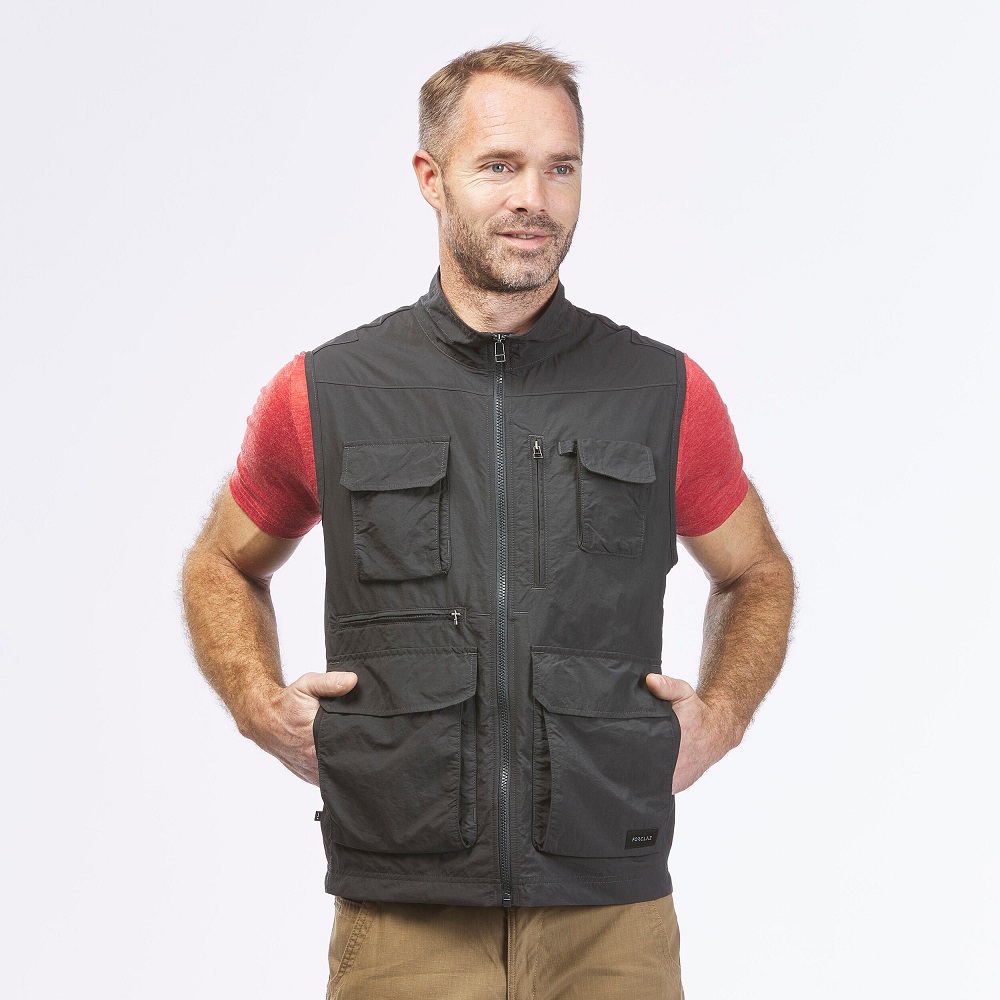
Practical Considerations for Wearing Jackets
1. Seasonal Suitability
When choosing a vest jacket, consider the season in which you plan to wear it. Lightweight fabrics are perfect for spring and summer, while heavier materials work well in fall and winter. Layering through the seasons allows for versatility and comfort.
Adapting to Weather Changes
In fall or winter, consider adding long-sleeve shirts beneath your vest for warmth. During spring, pair it with lighter fabrics to maintain comfort. Adapting your outfit based on weather conditions ensures a pleasant experience while still looking stylish.
2. Understanding Your Personal Style
Your personal style should always inform your clothing choices. When selecting a vest jacket, look for styles that resonate with your taste. Whether you prefer classic, bohemian, or edgy designs, there is a vest out there that fits your vision.
Confidence in Your Choices
Choose vests that make you feel good about yourself. If you embrace your unique style, it will reflect in how you carry yourself. Dressing authentically brings out confidence, allowing you to shine in any setting.
3. Confidence in Every Outfit
Ultimately, wearing a vest jacket should empower you to exude confidence. The beauty of fashion lies in the ability to express yourself. When you feel comfortable and stylish, your confidence radiates. Stand tall and embrace your choices.
Conclusion: Embracing the Vest Jacket Trend
Celebrate Versatility and Style
In conclusion, vest jackets are exceptional wardrobe staples that offer versatility and elegance. With various styles, fabrics, and accessorizing options available, creating stunning outfits becomes effortless. Whether dressing up for a formal event or keeping it casual, a vest jacket can elevate your look.
Explore Your Fashion Journey
As you venture into the world of vest jackets, enjoy experimenting with different combinations. Allow yourself to be creative and explore various styles to find what resonates with you. Confidence is key, and the right outfit can enhance that sense of self.
Inspiring Effortless Looks
The journey to discovering your personal style involves trial and error. Use vest jackets as a base to experiment with various accessories, layering techniques, and fabrics. The goal is to unlock effortless style that reflects who you are.
Step into Every Occasion with Confidence
Finally, step into every occasion with confidence and poise. With the right vest jacket and thoughtful accessories, you can create varied looks that impress and inspire. Celebrate your fashion choices, and remember that every outfit is an opportunity to express your unique identity. The world of fashion is at your feet—embrace it fully and enjoy the journey ahead!

